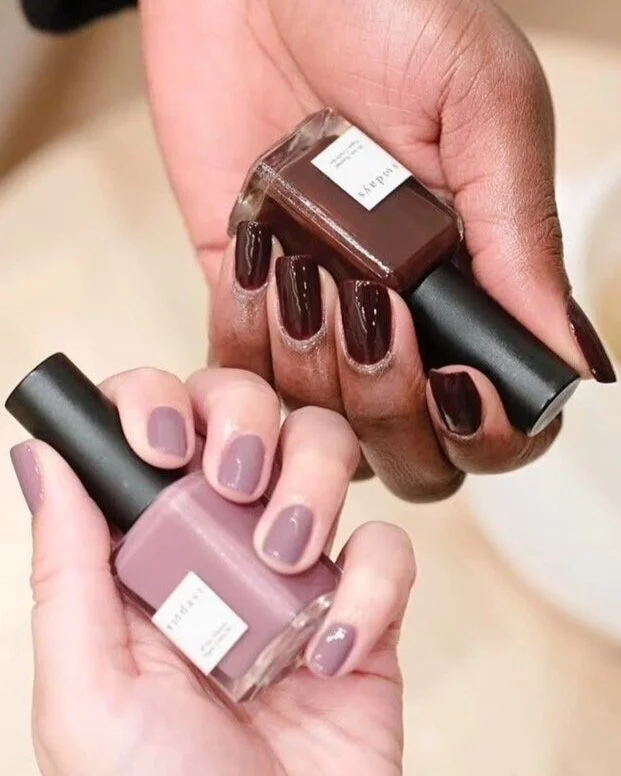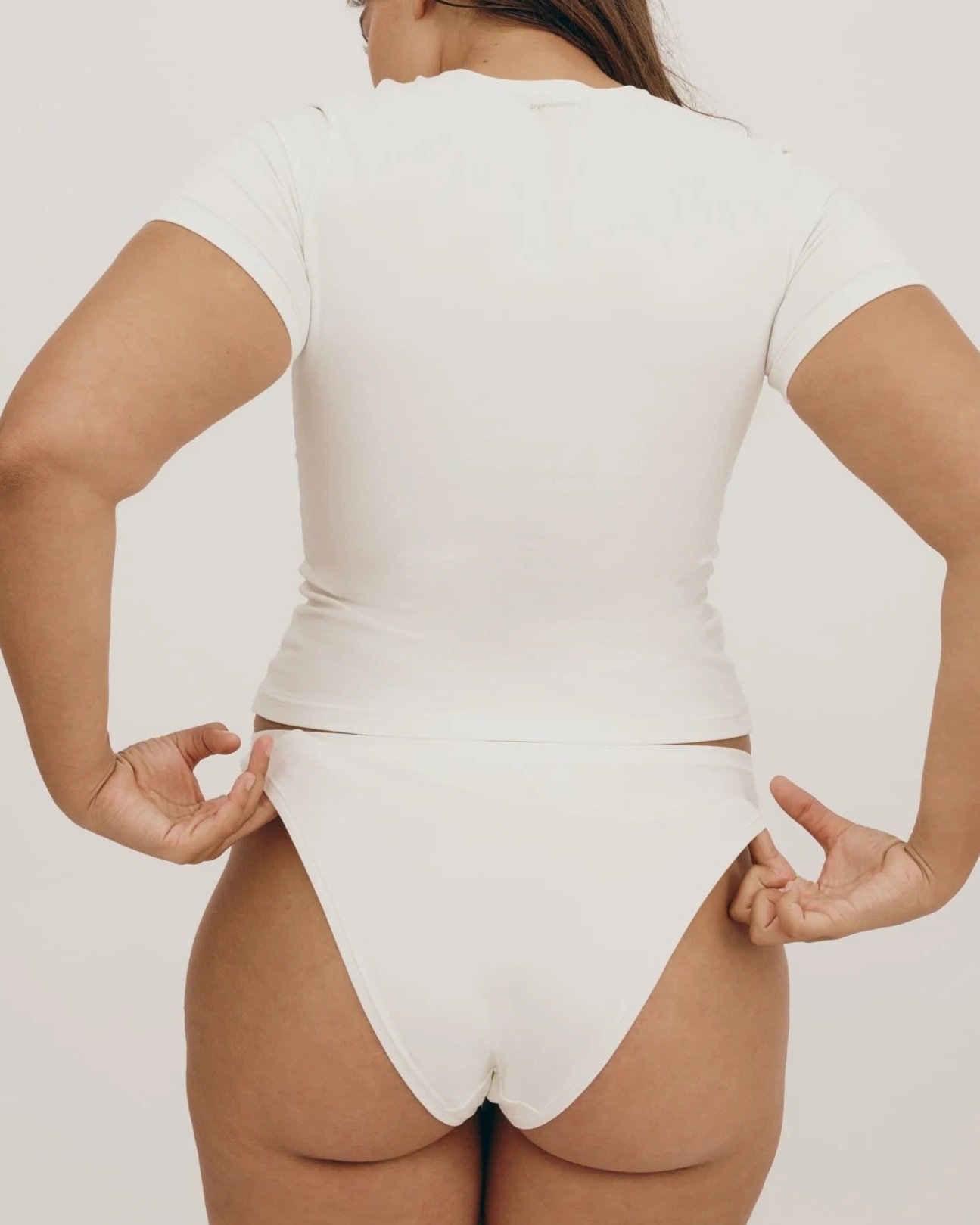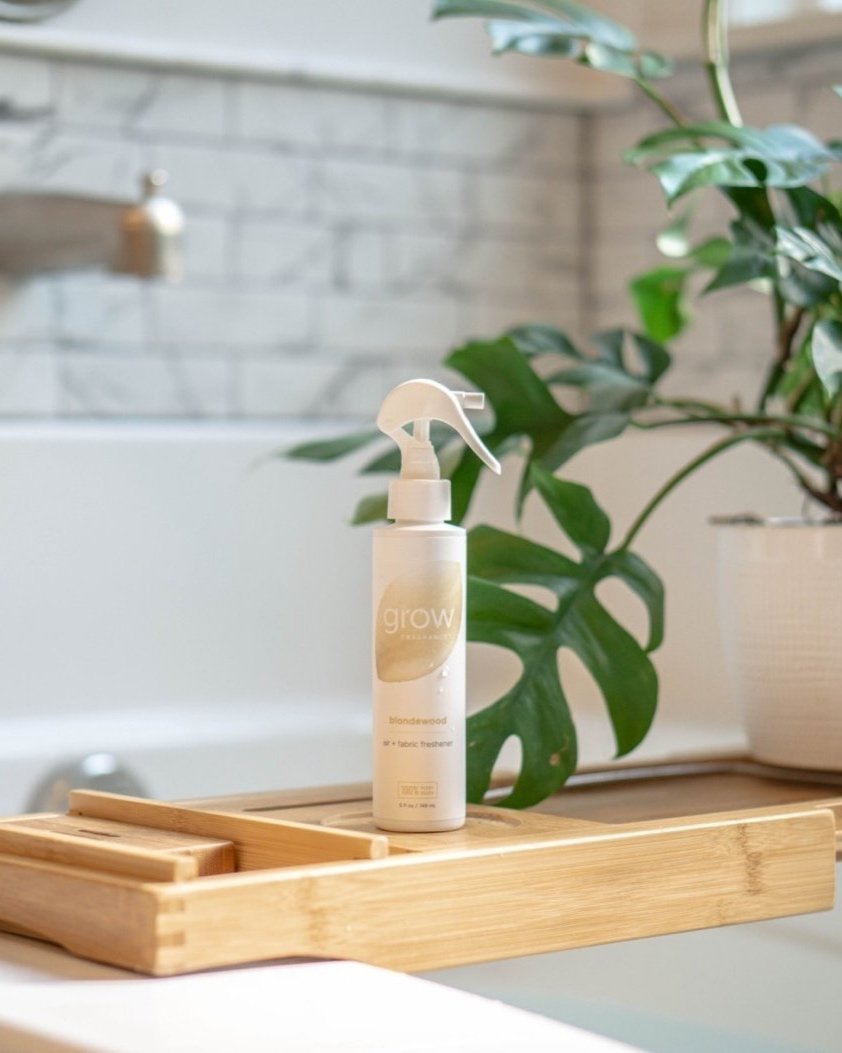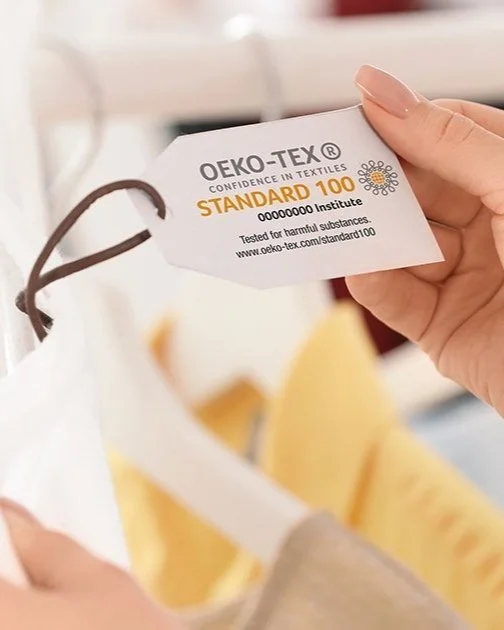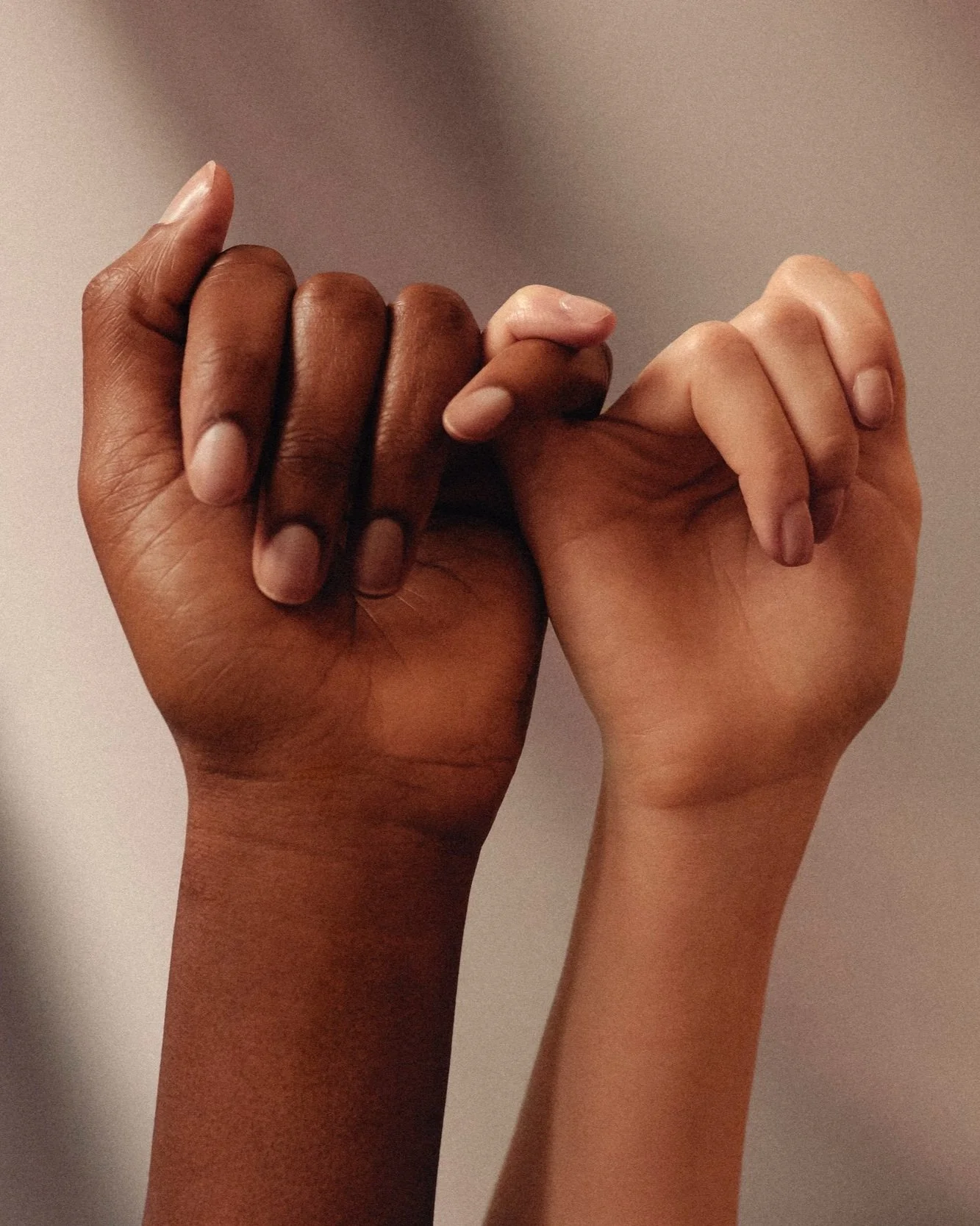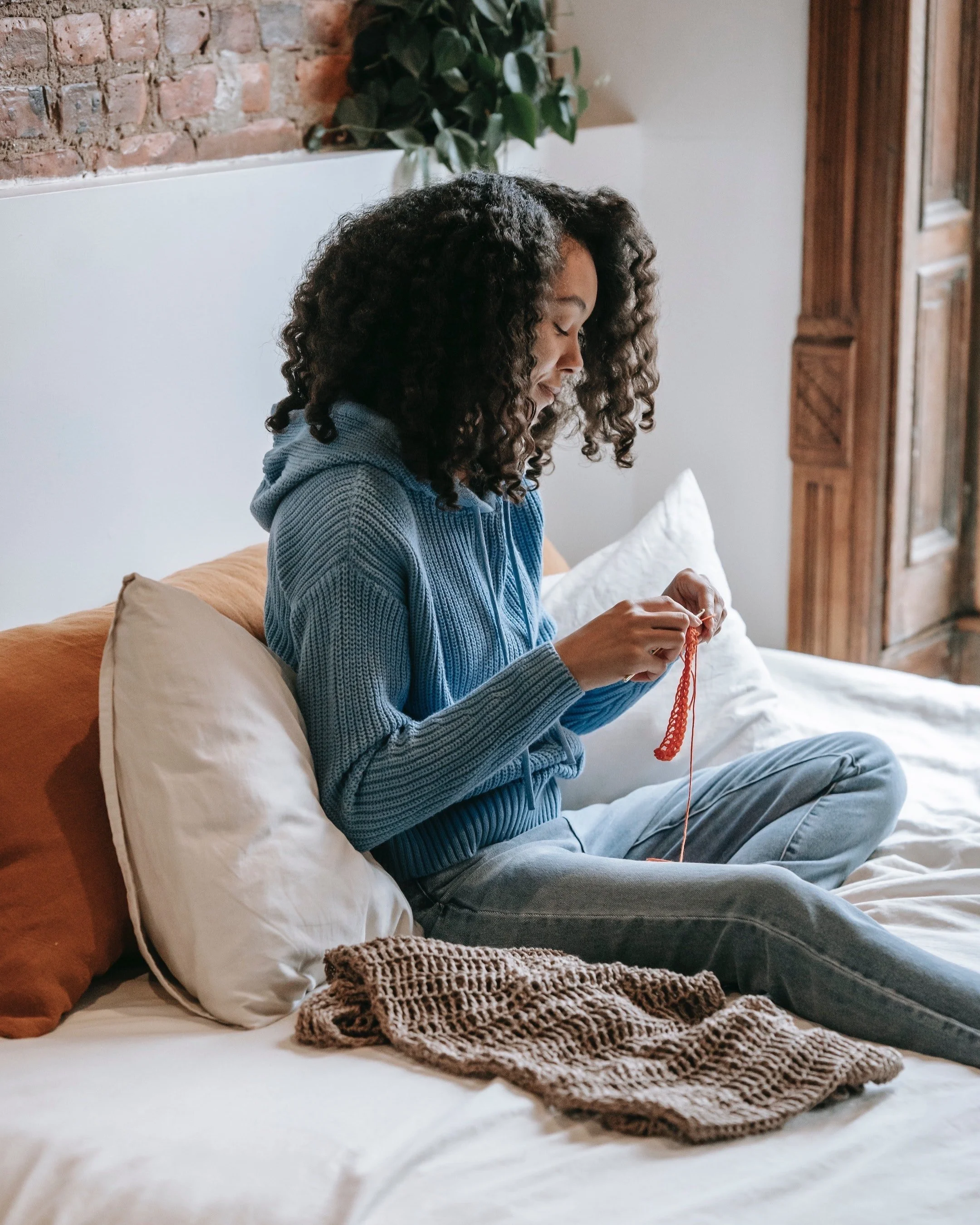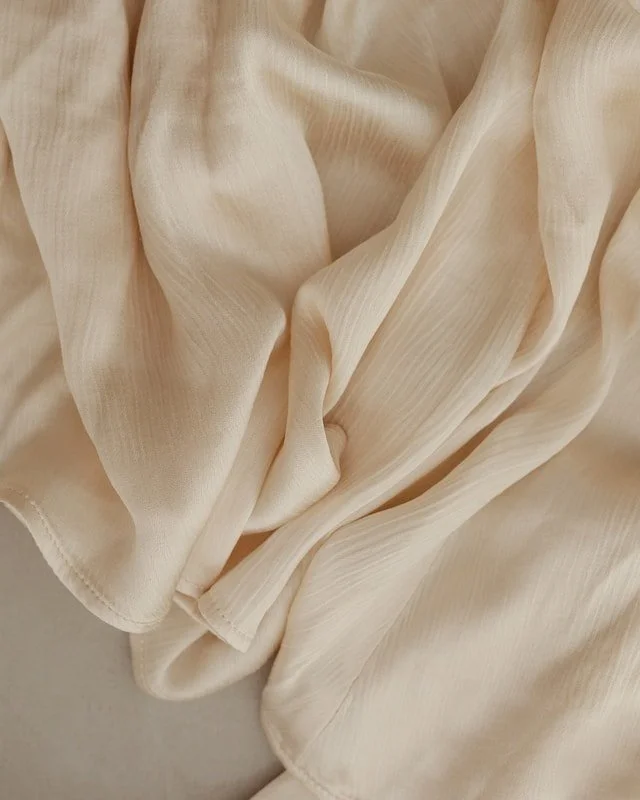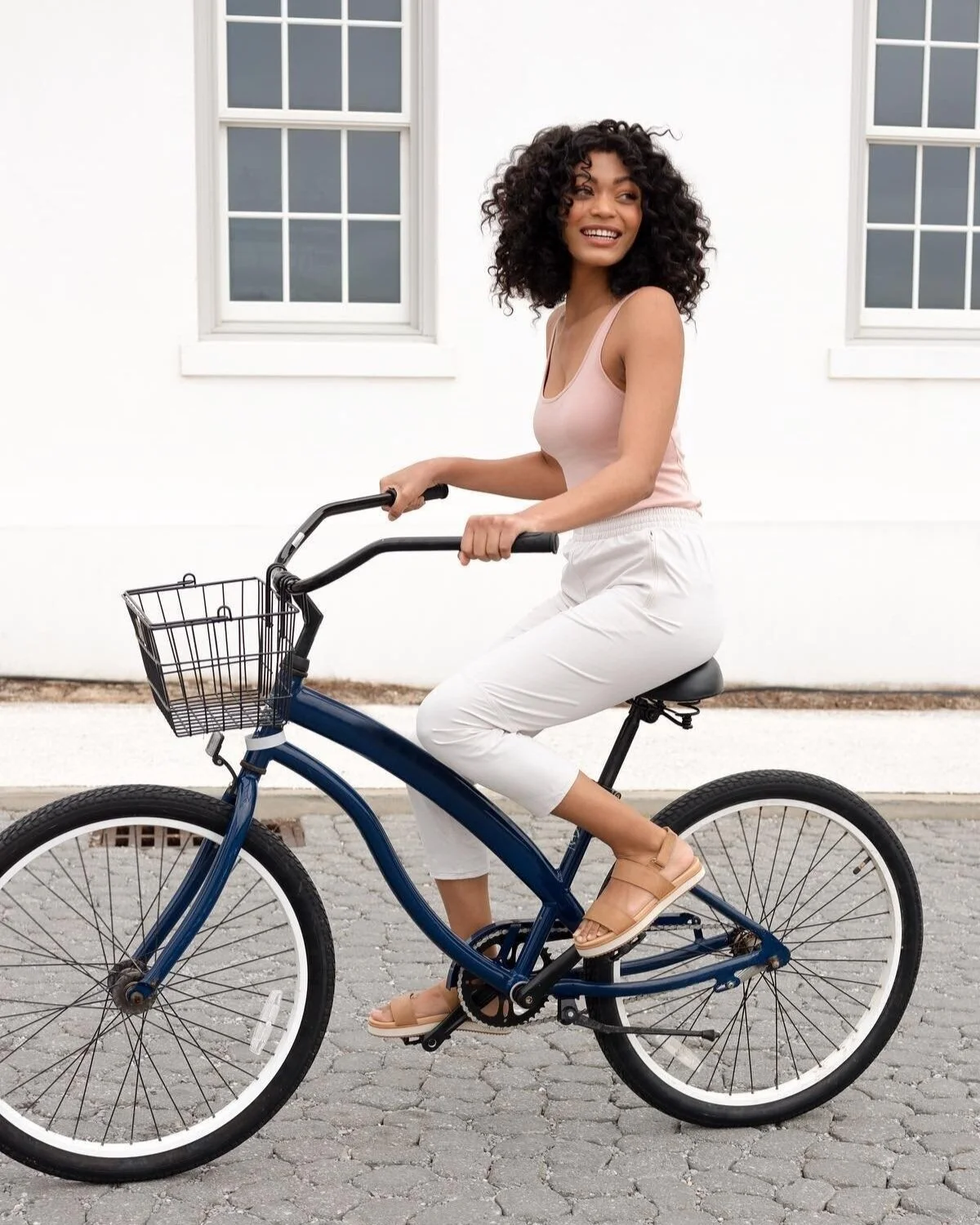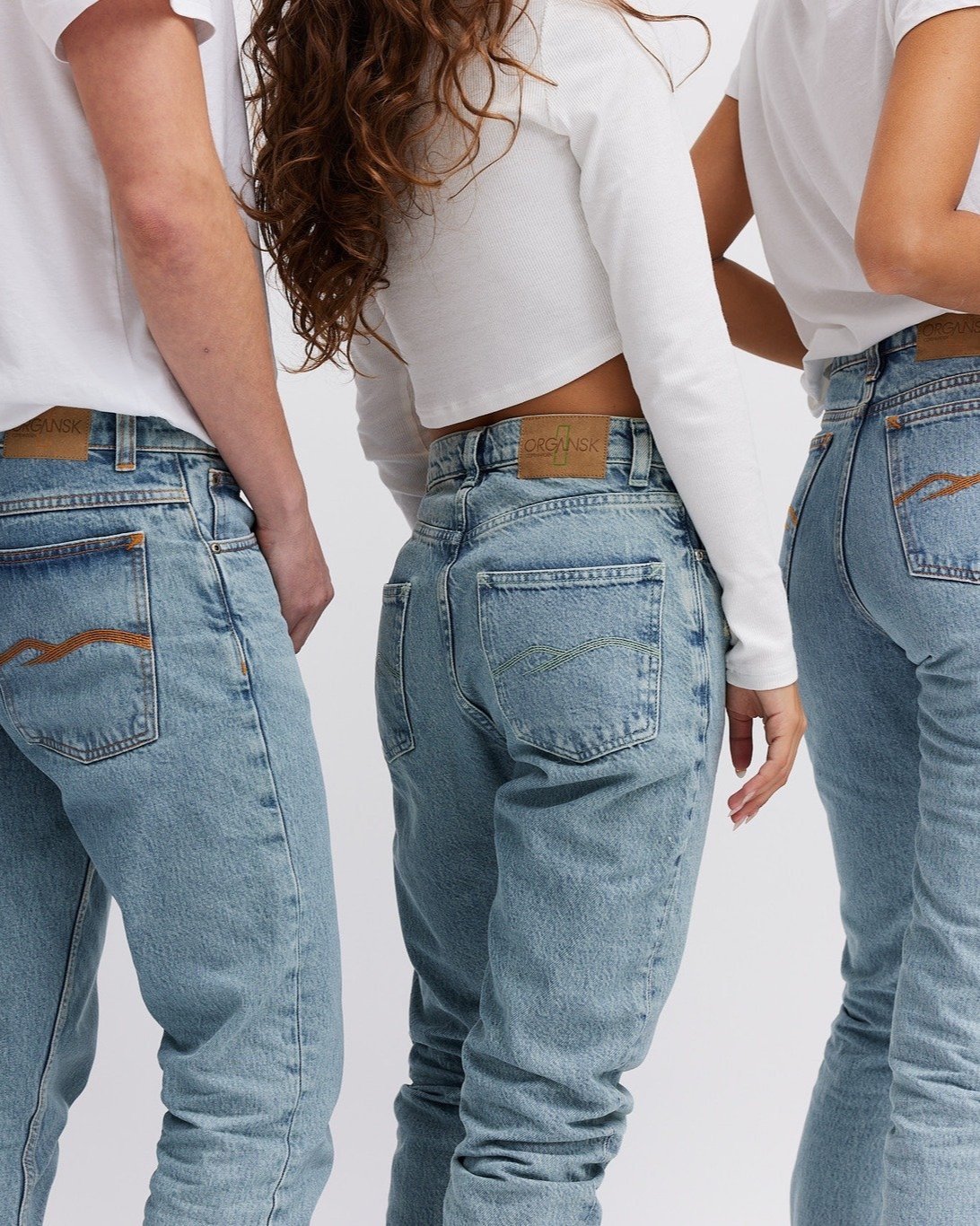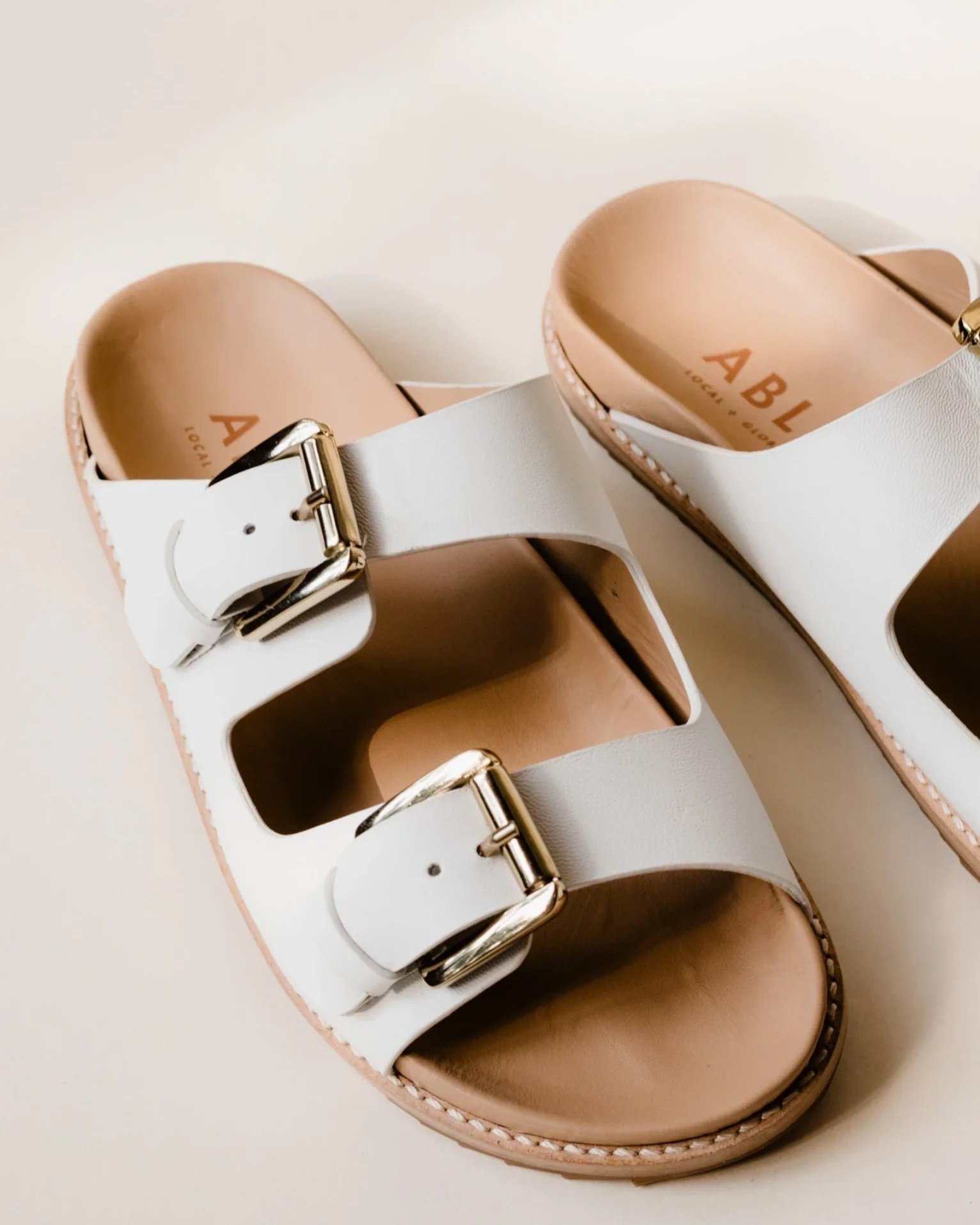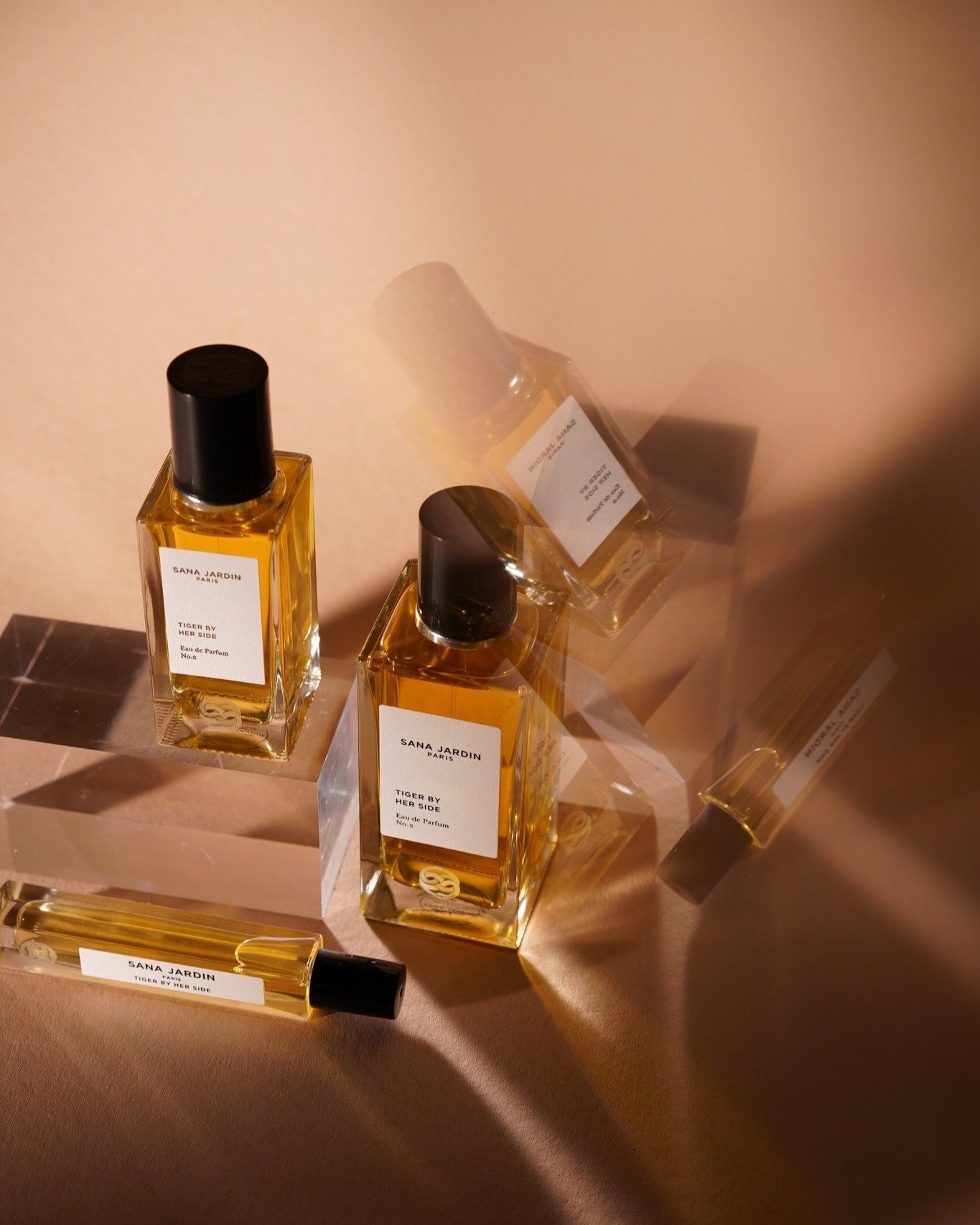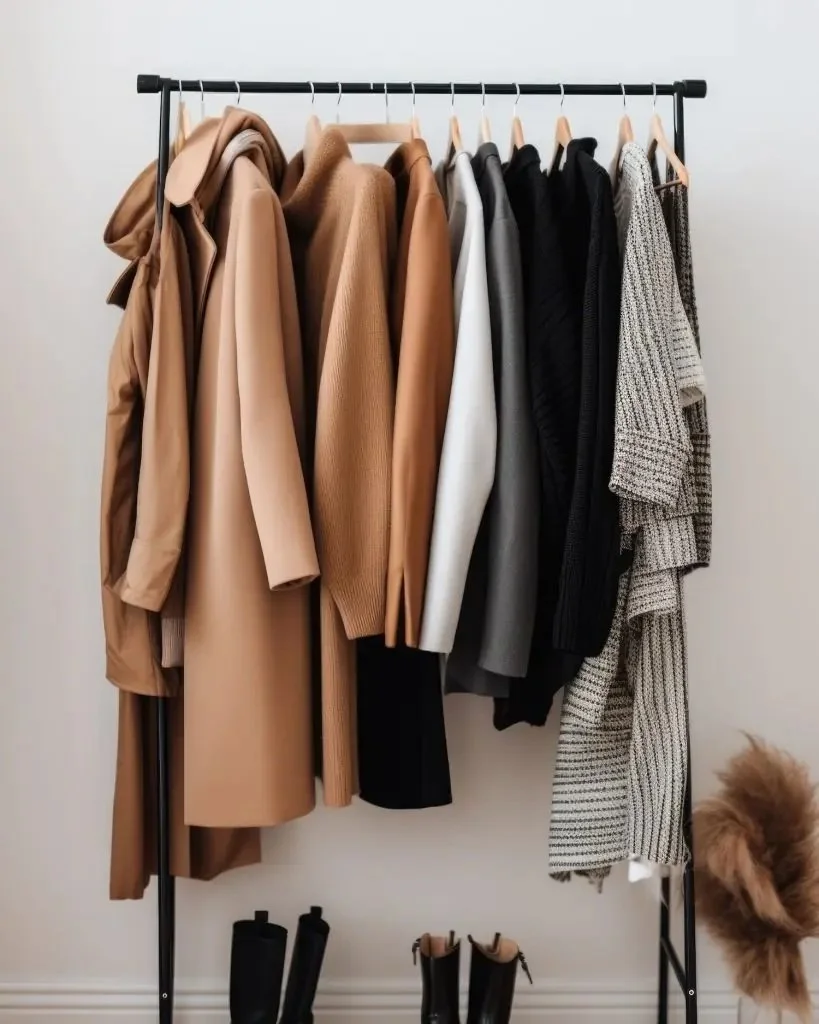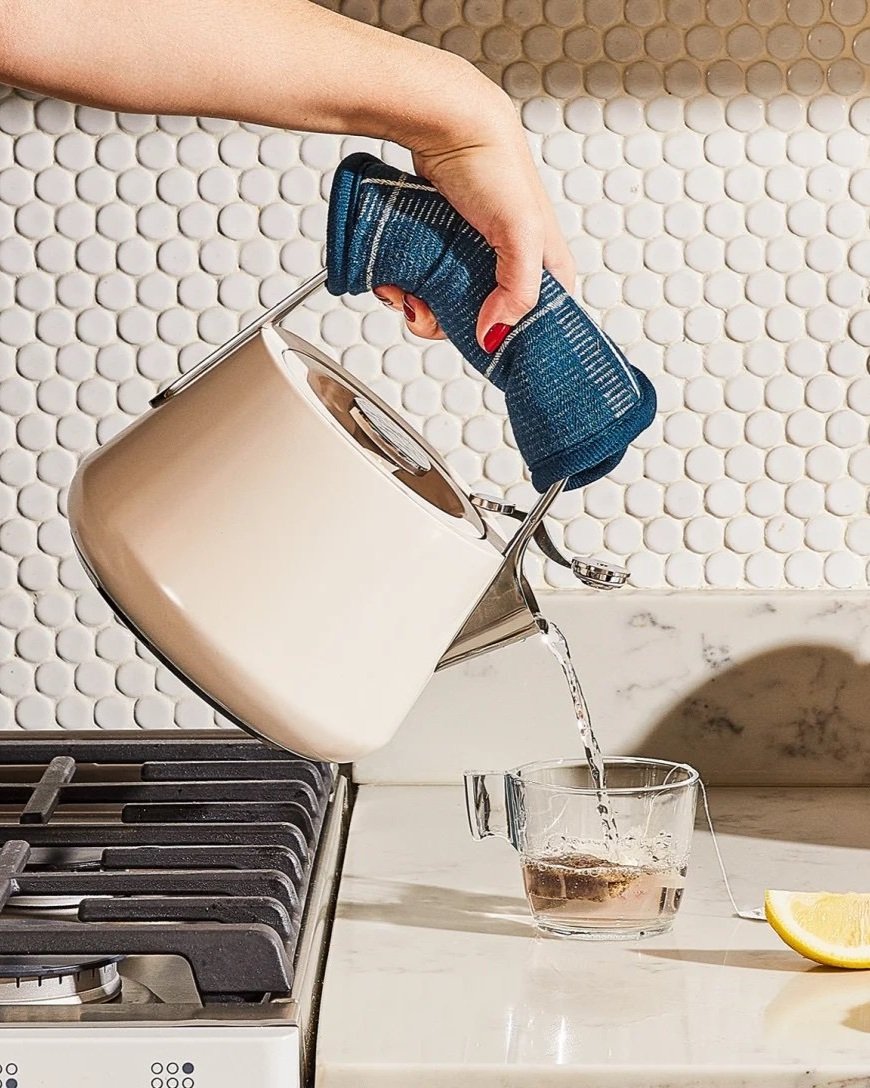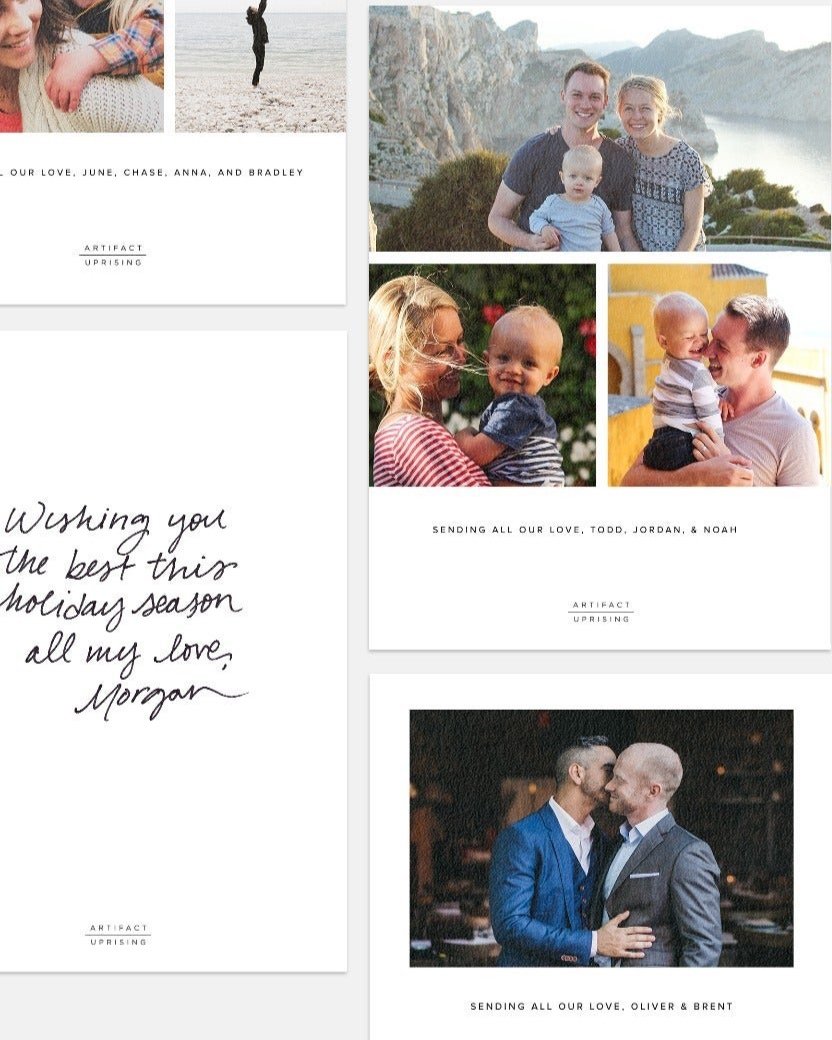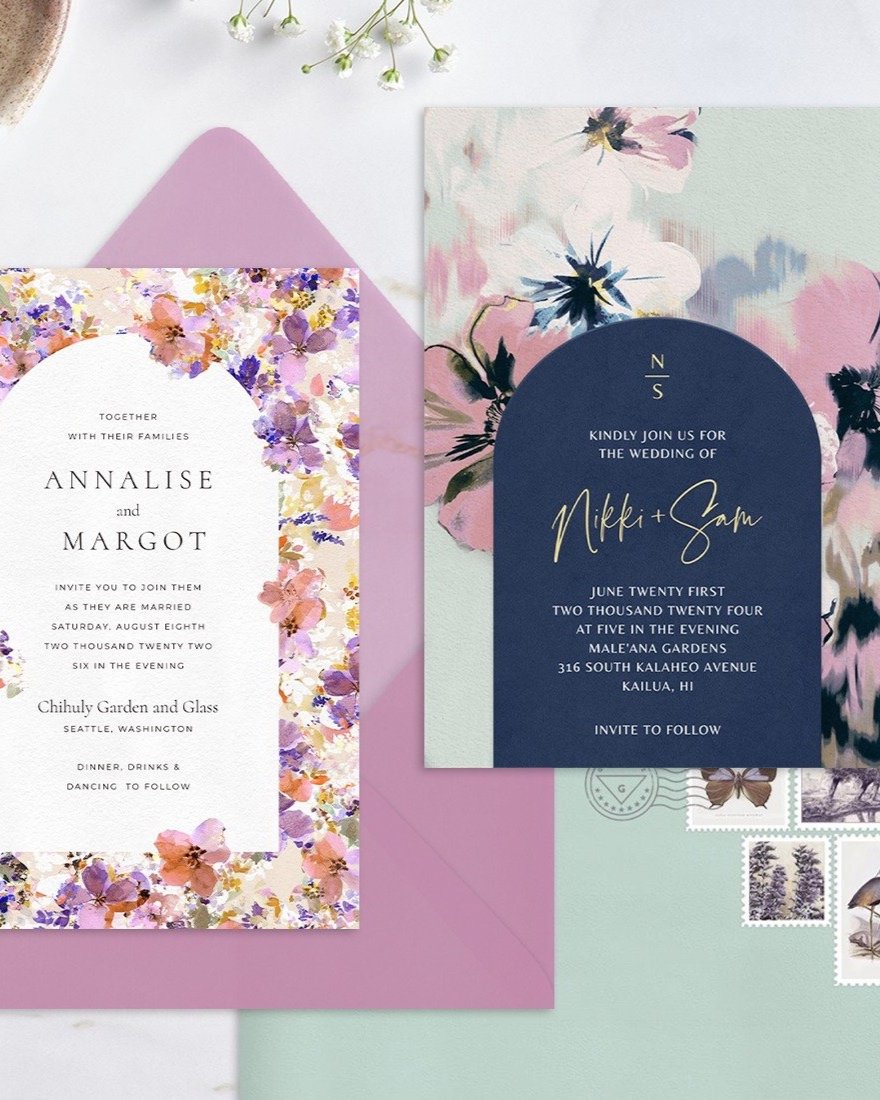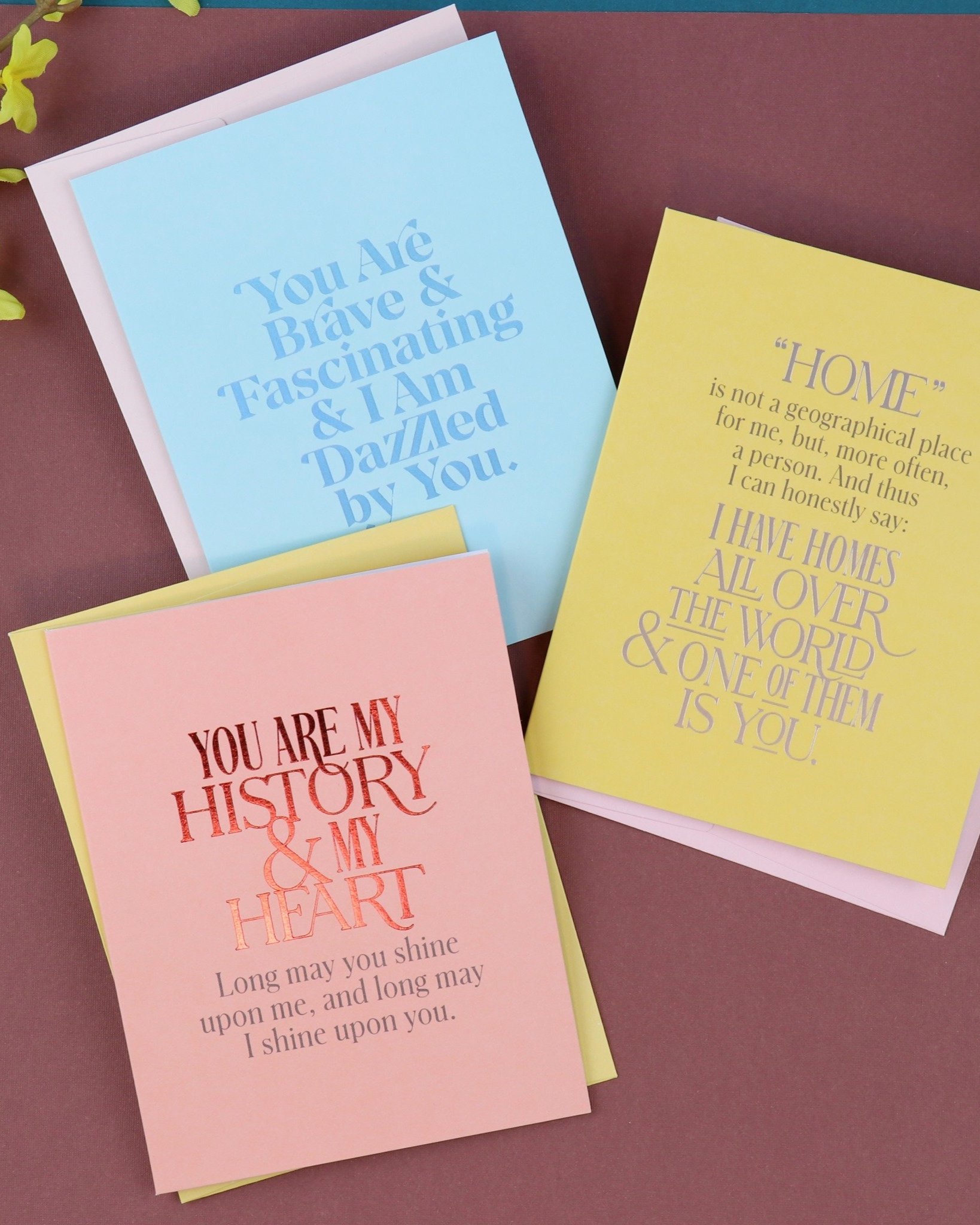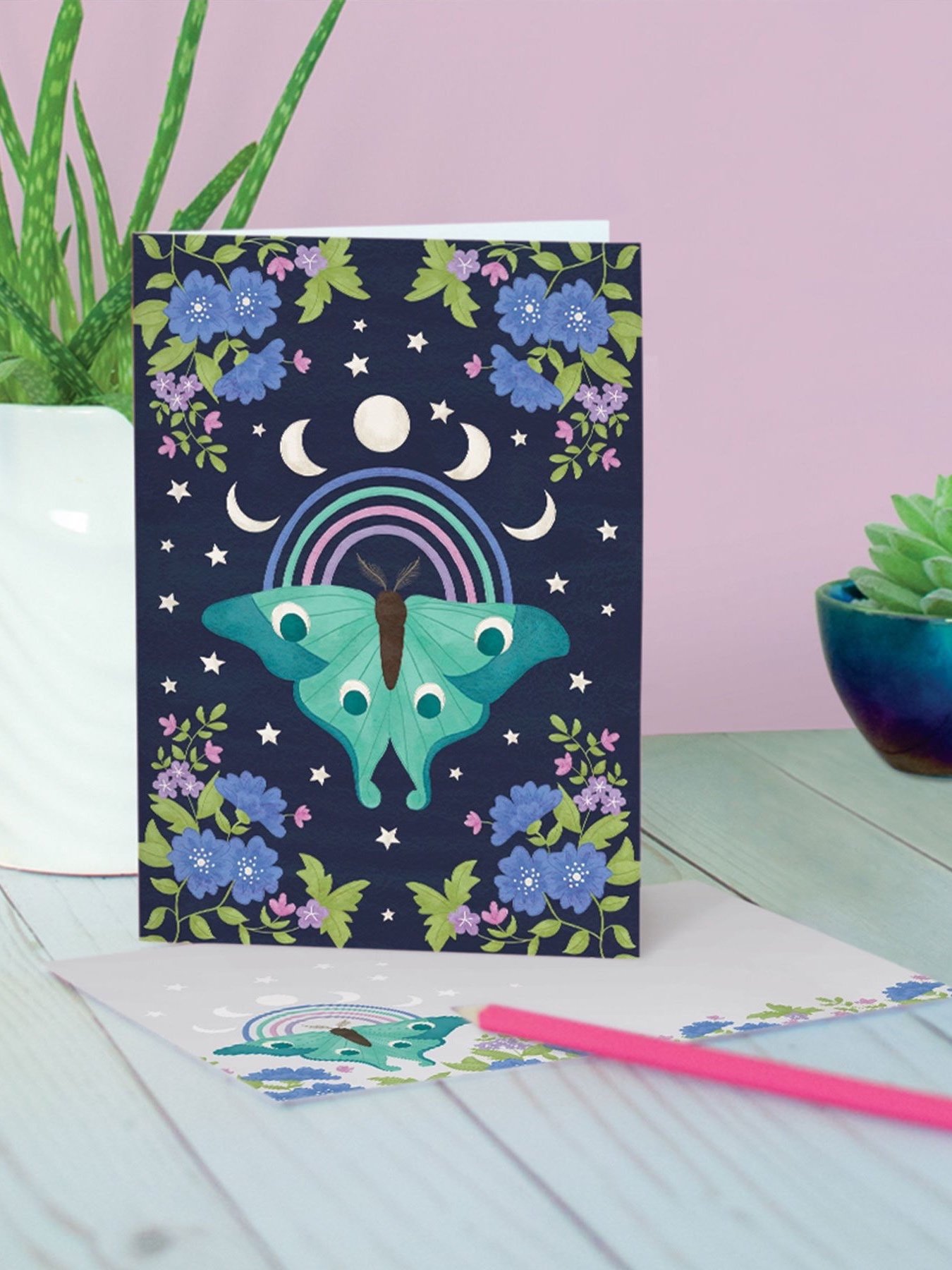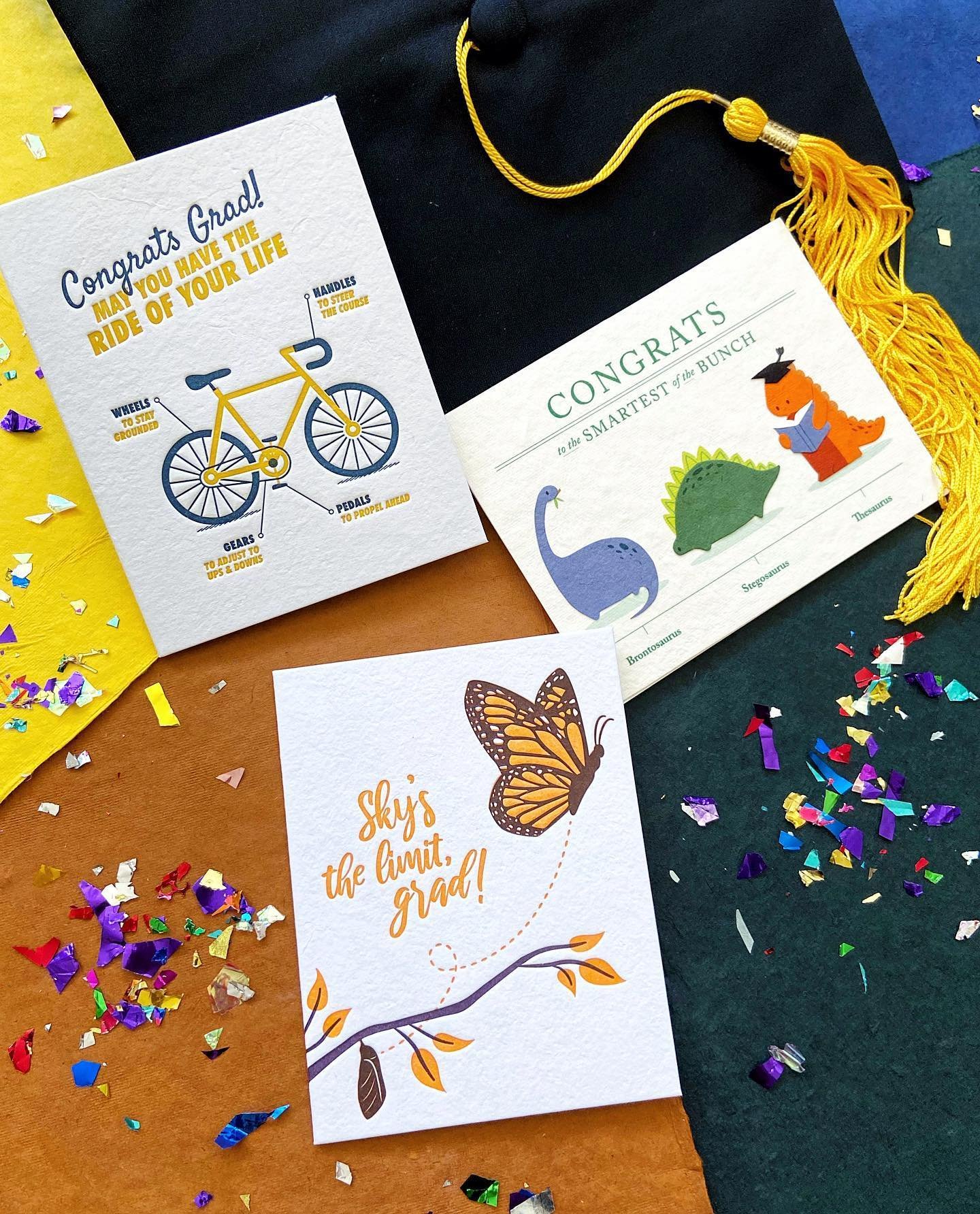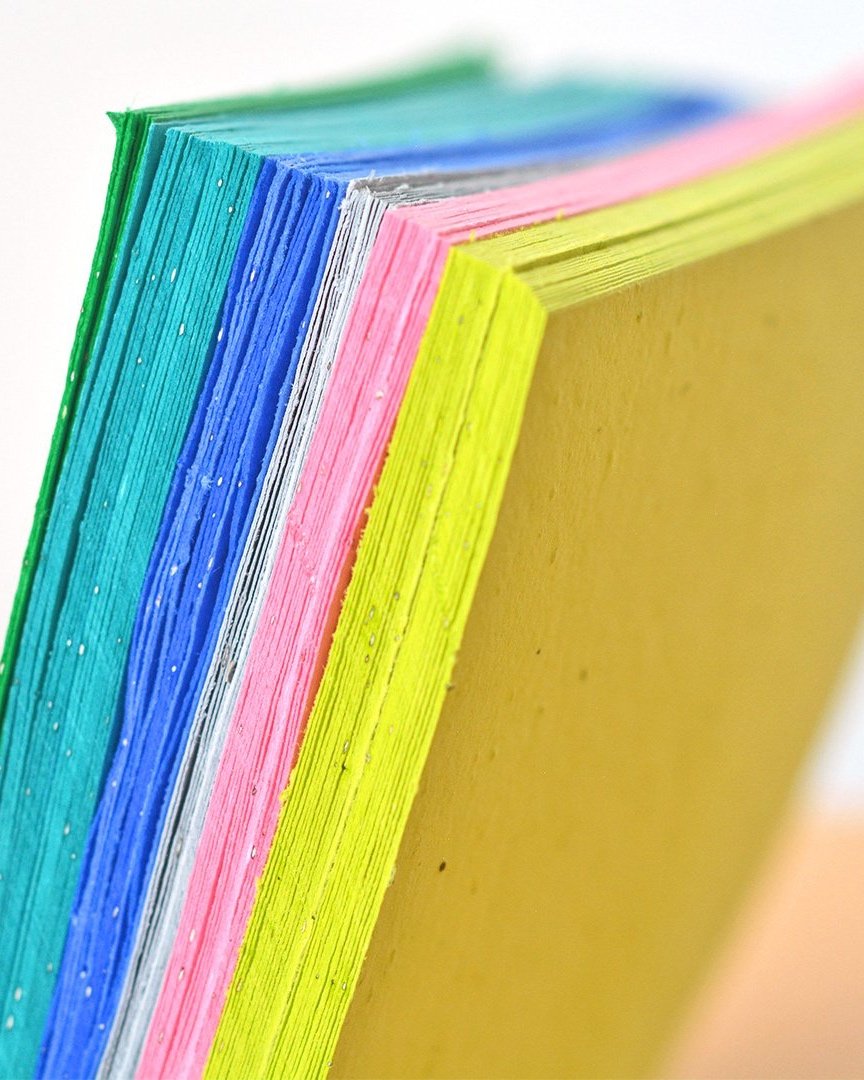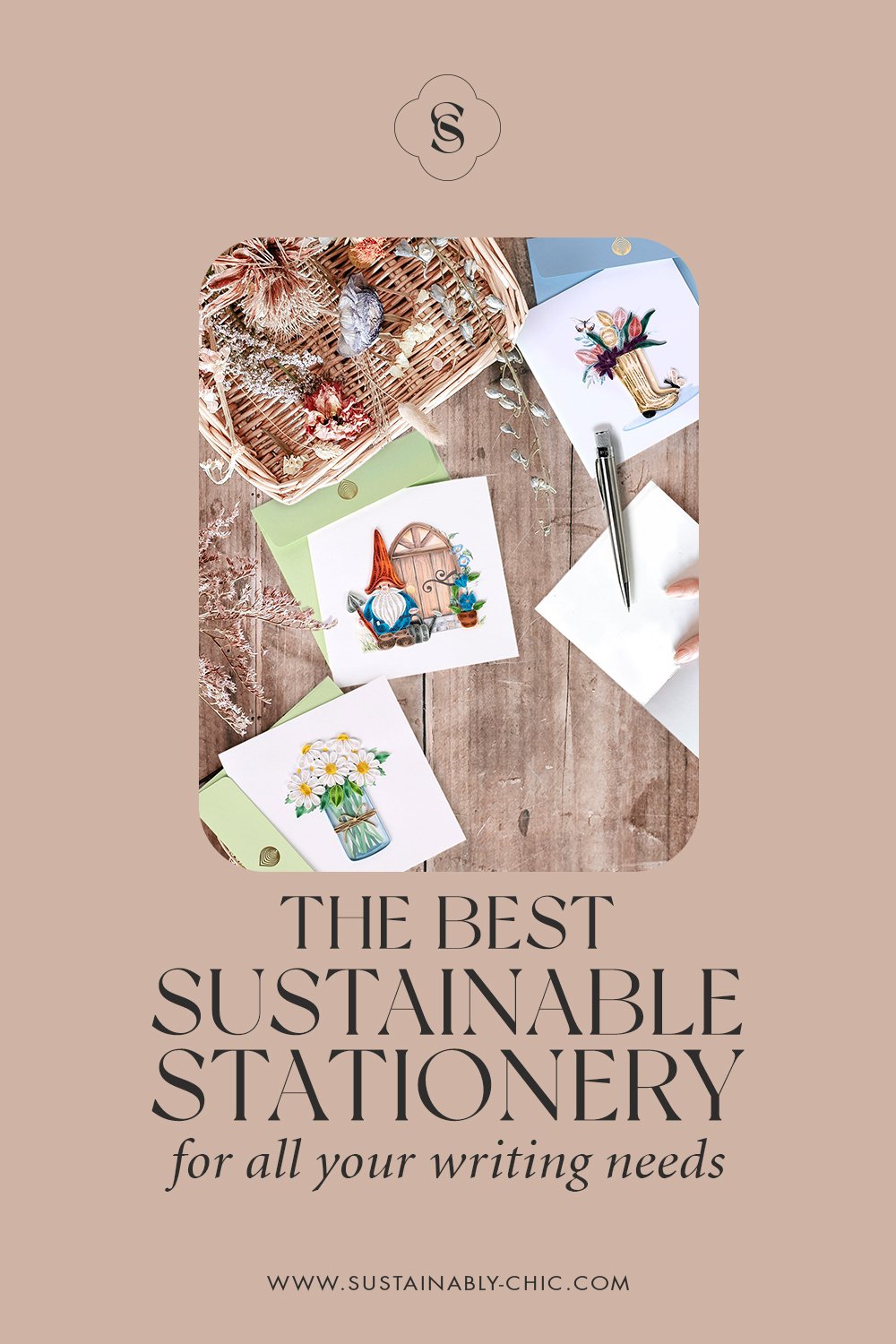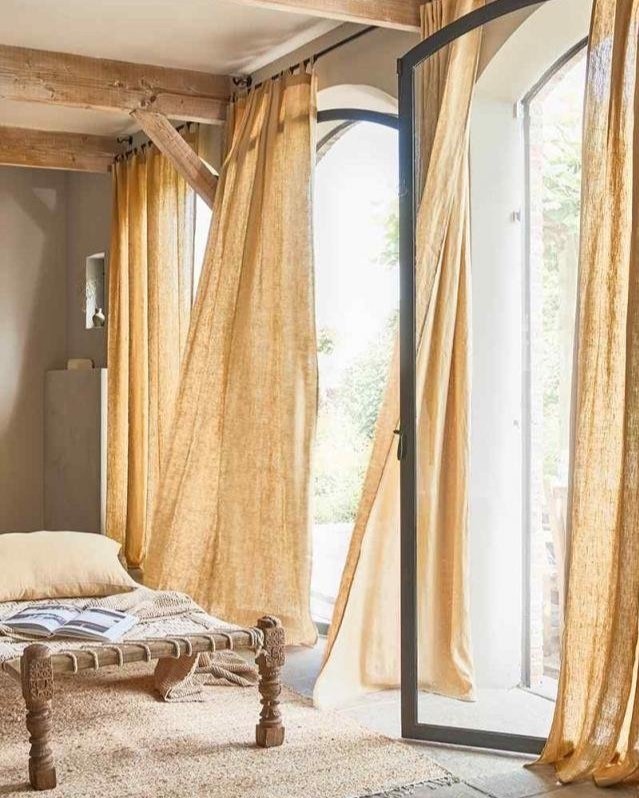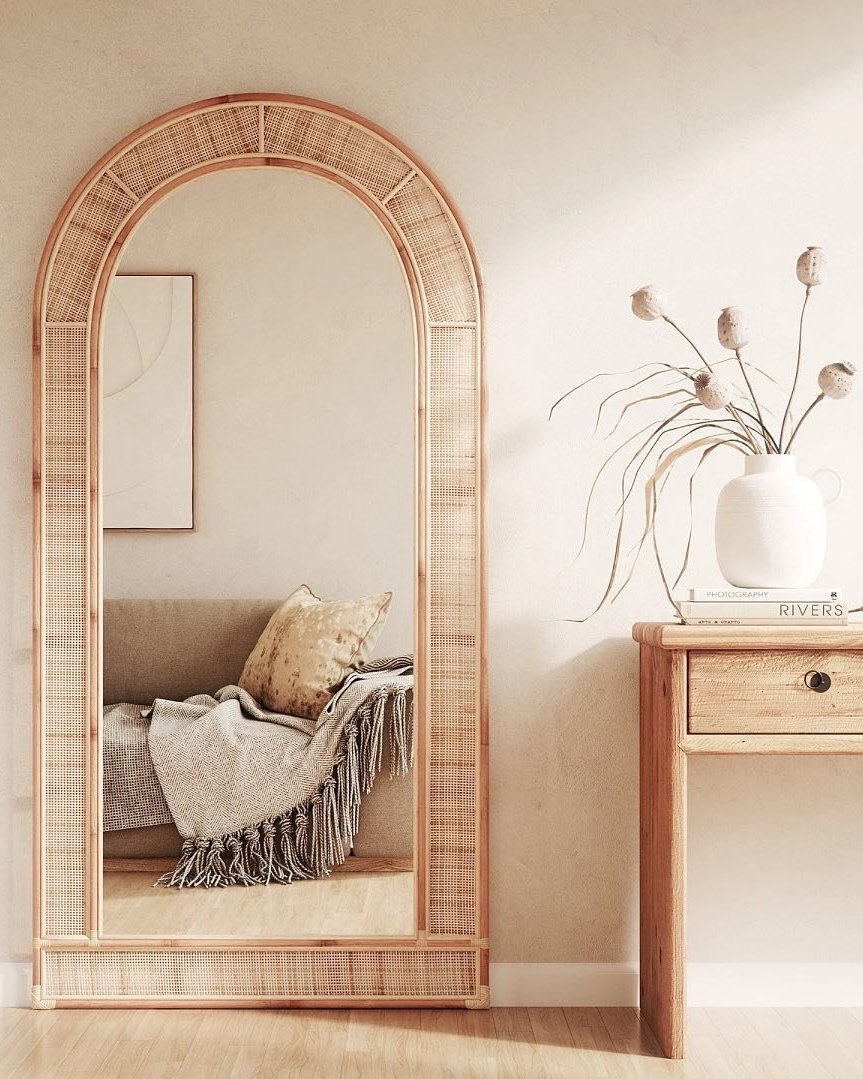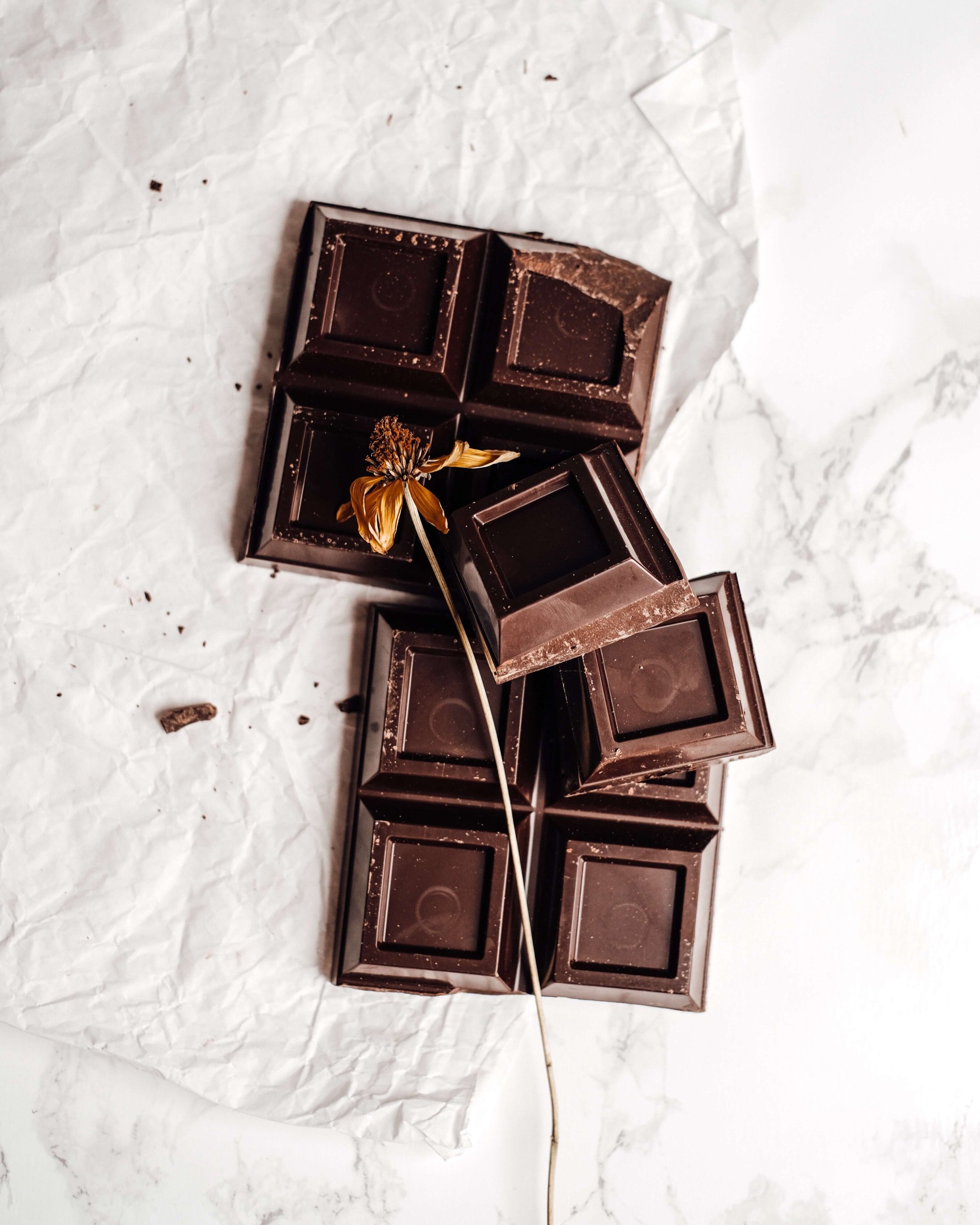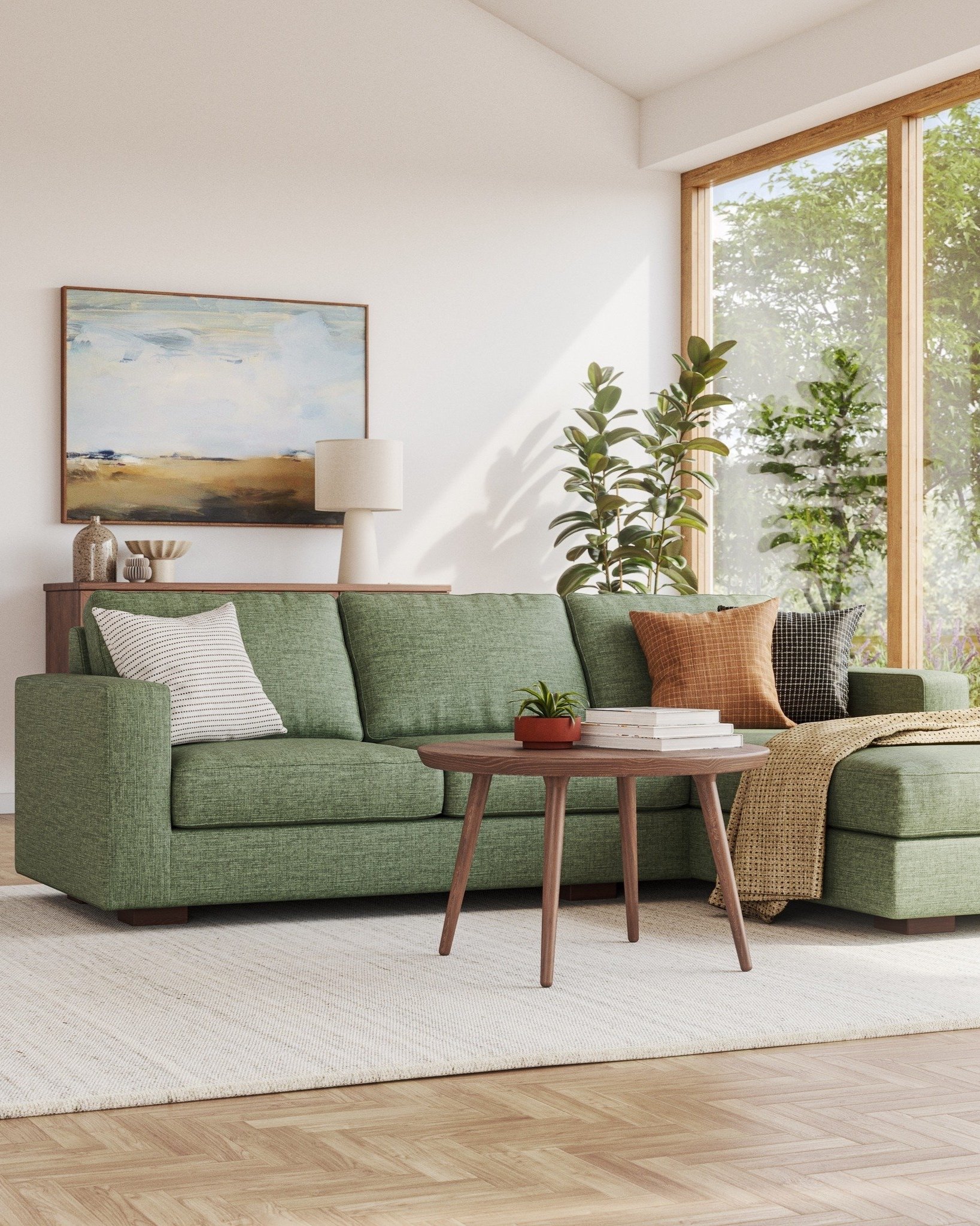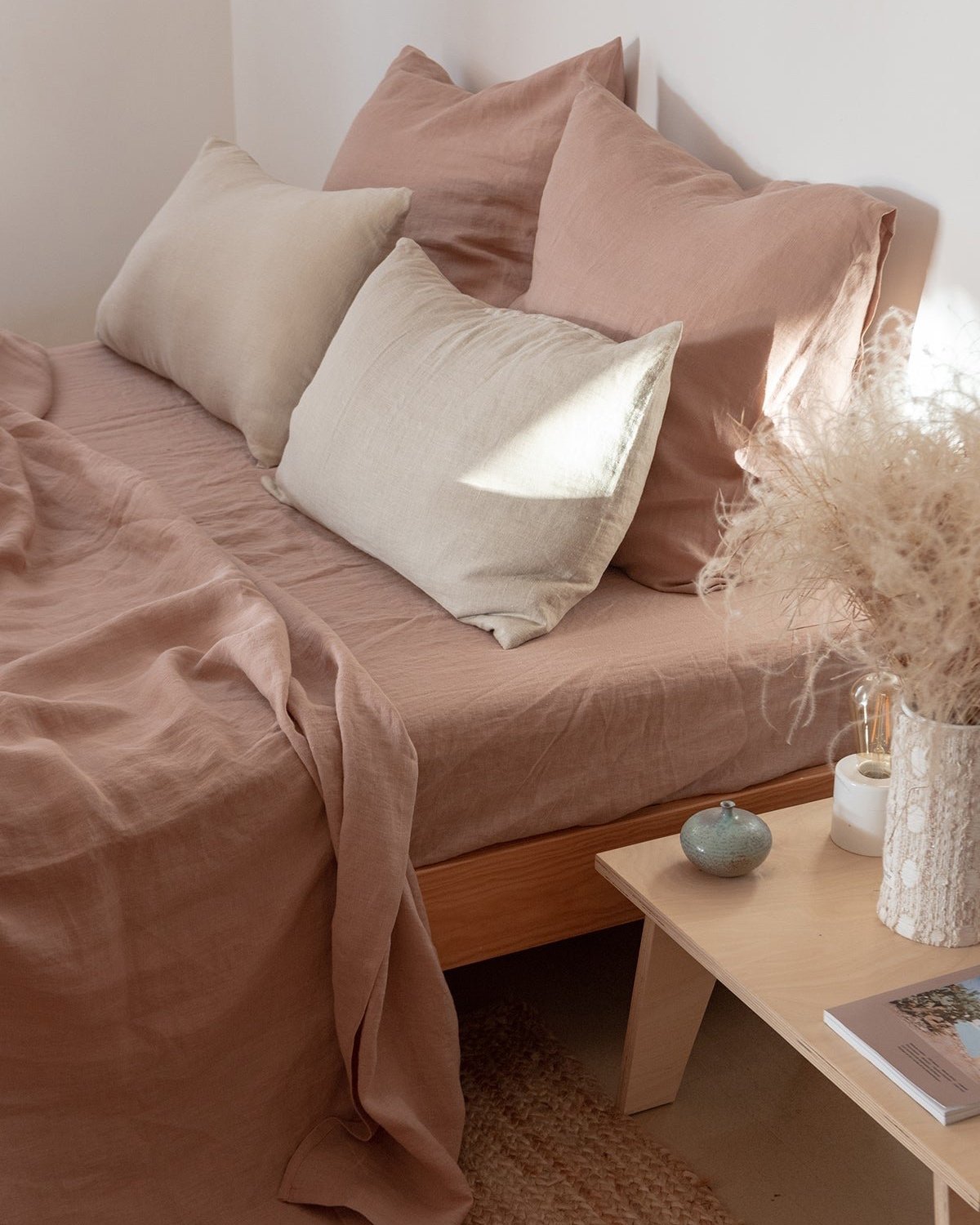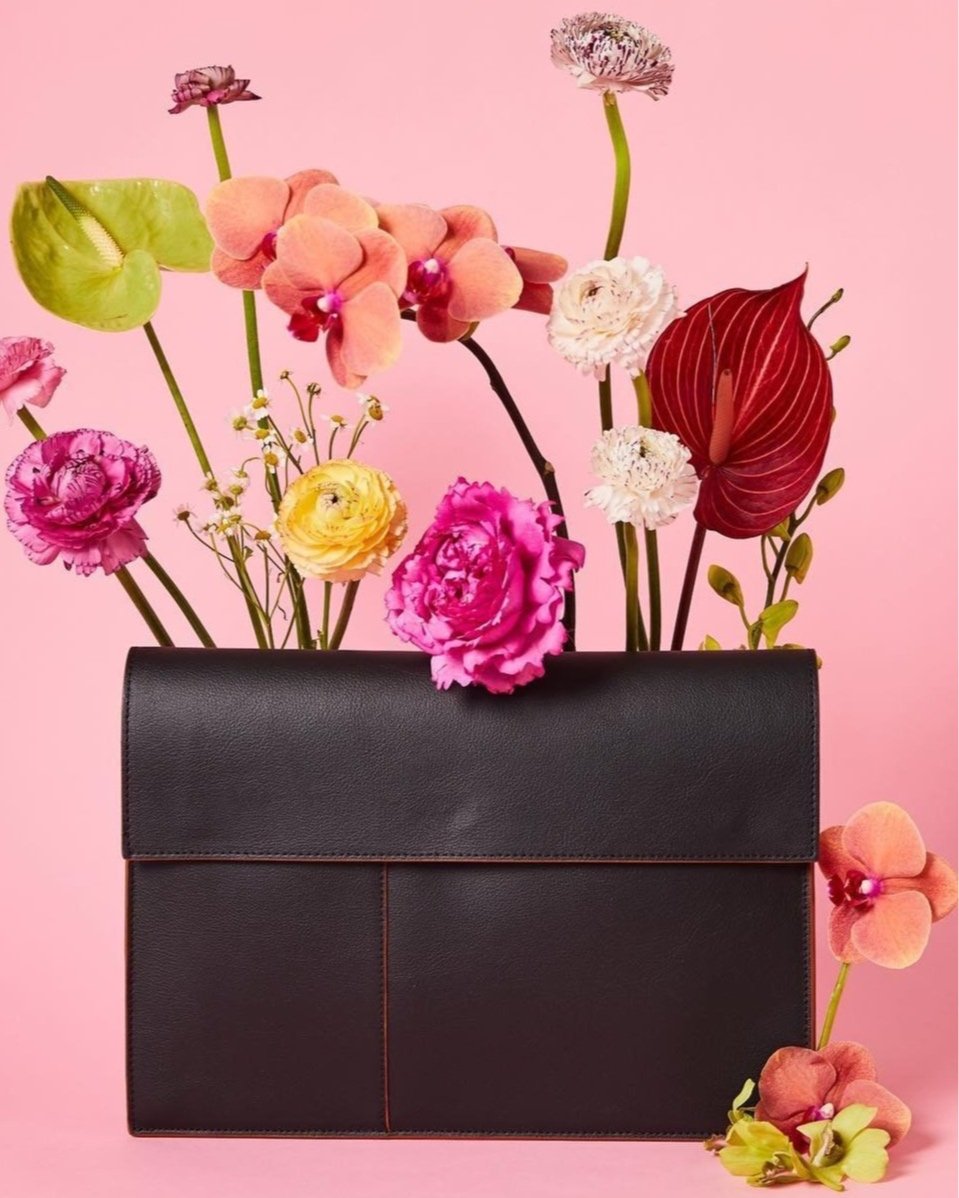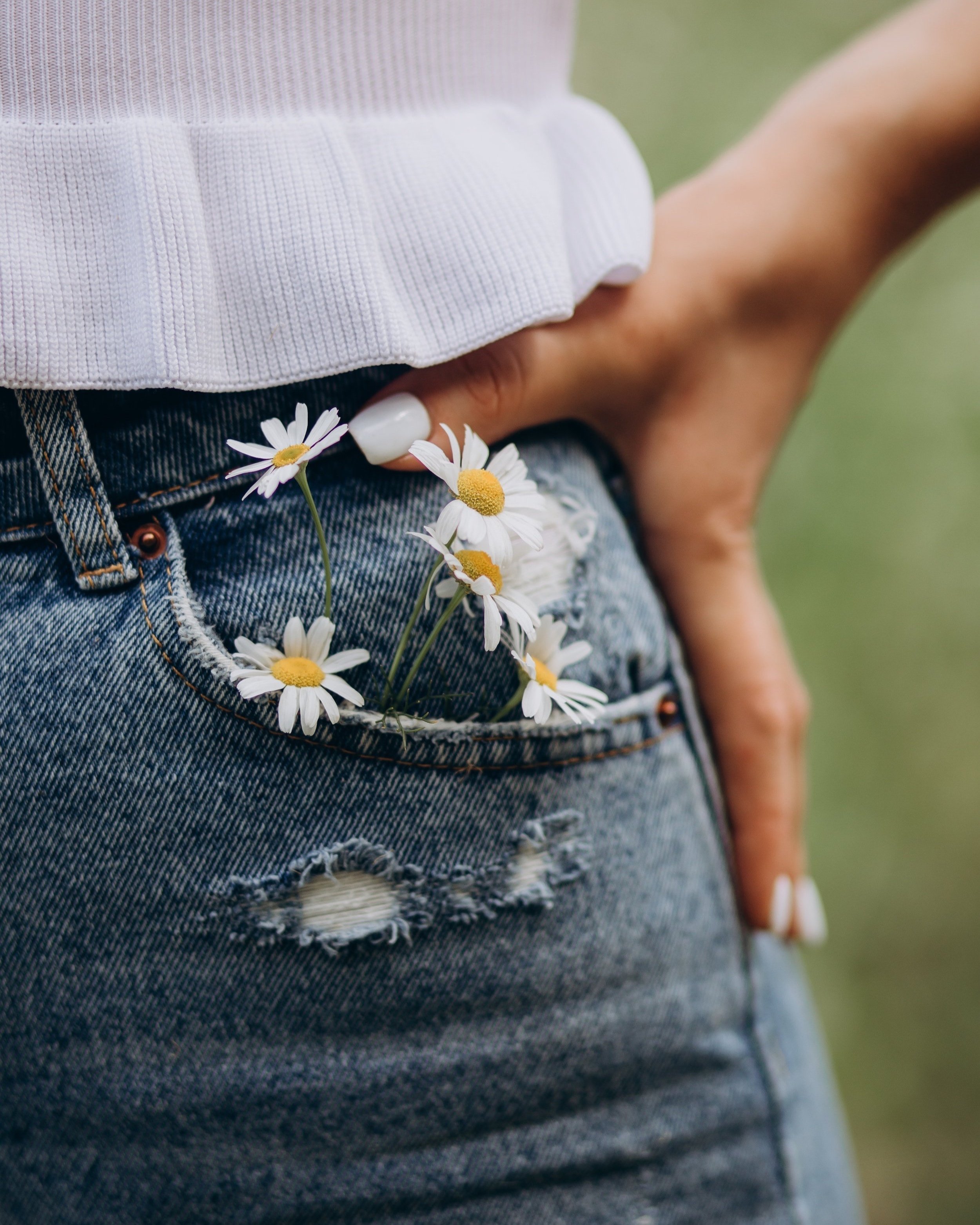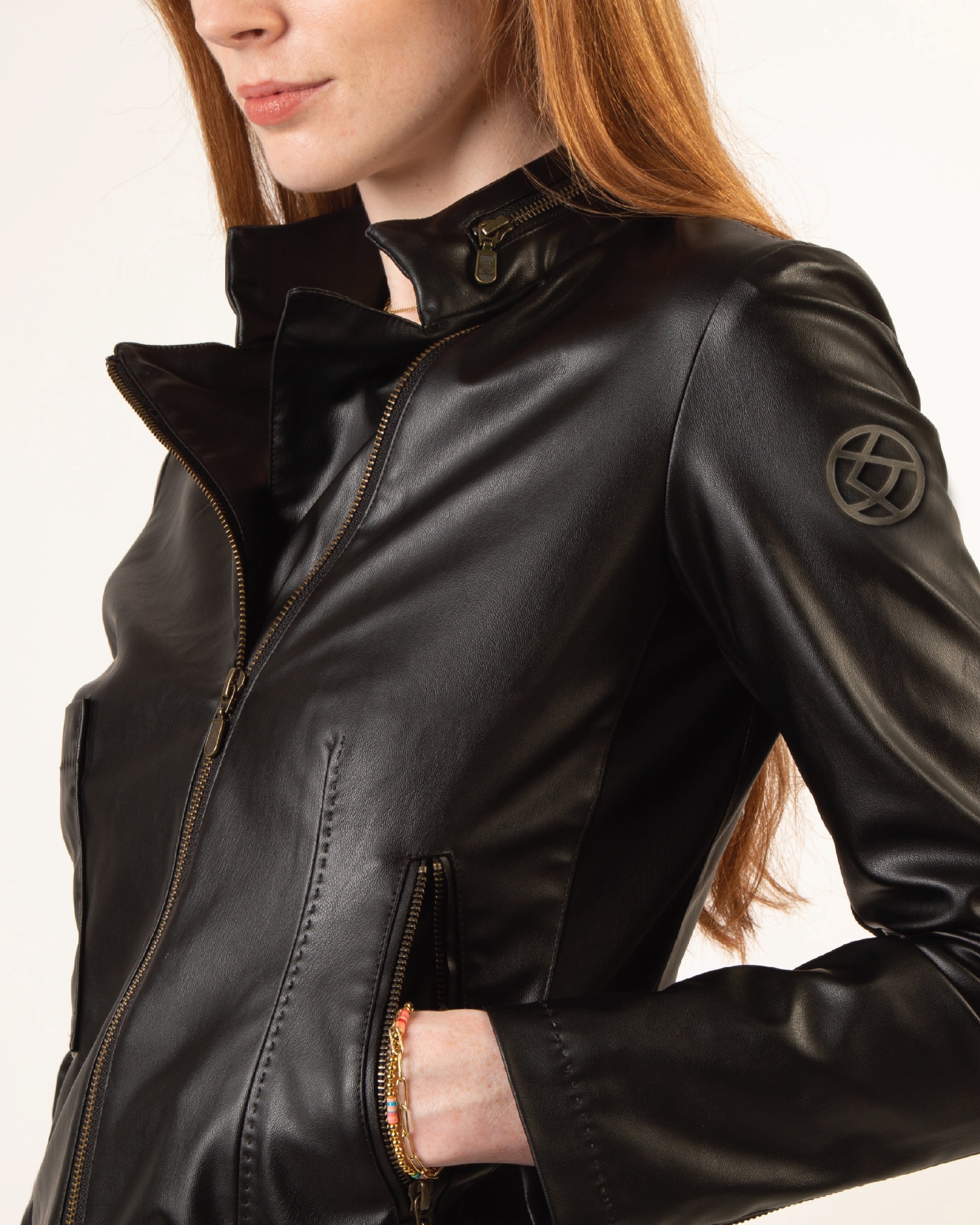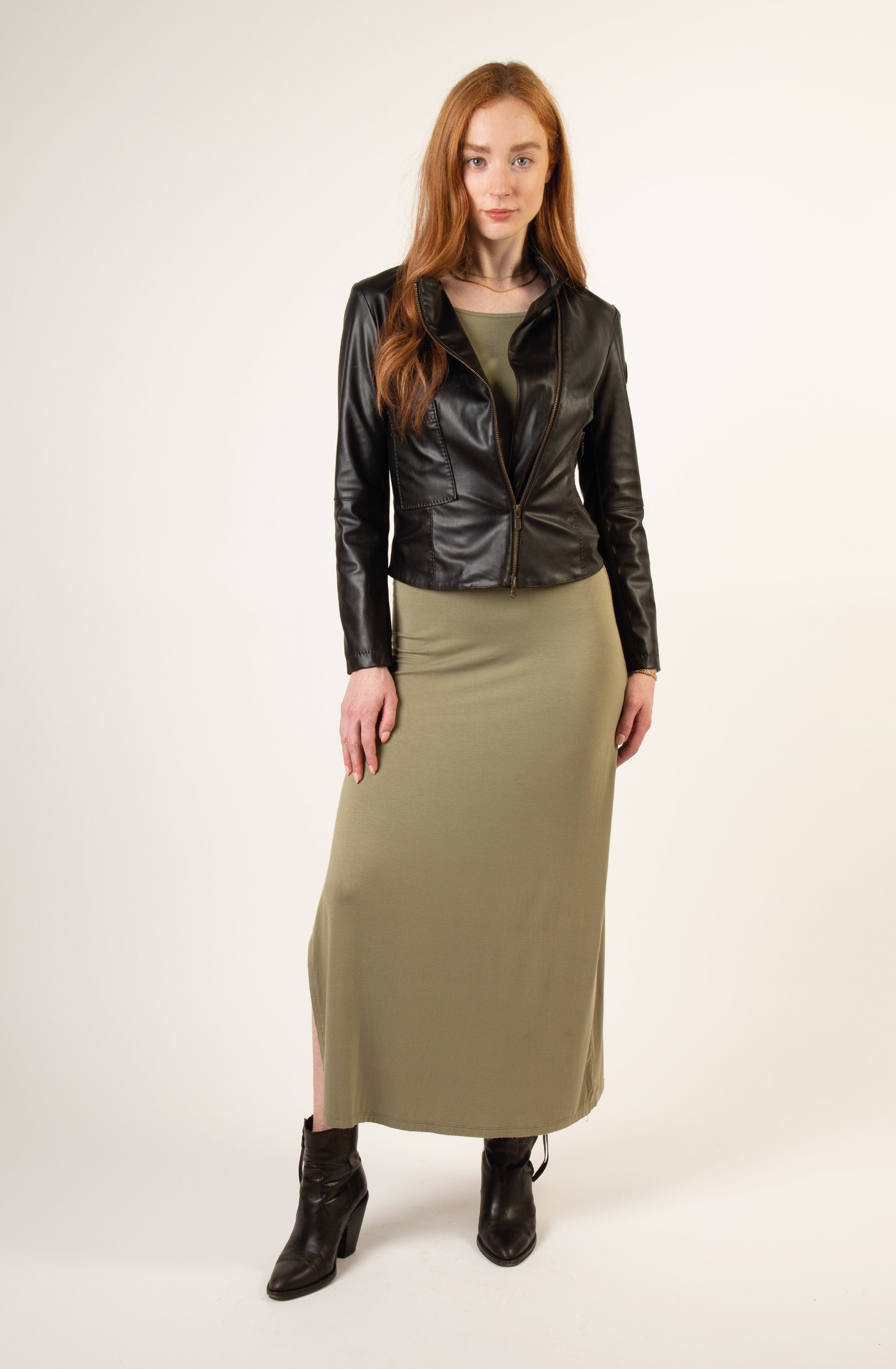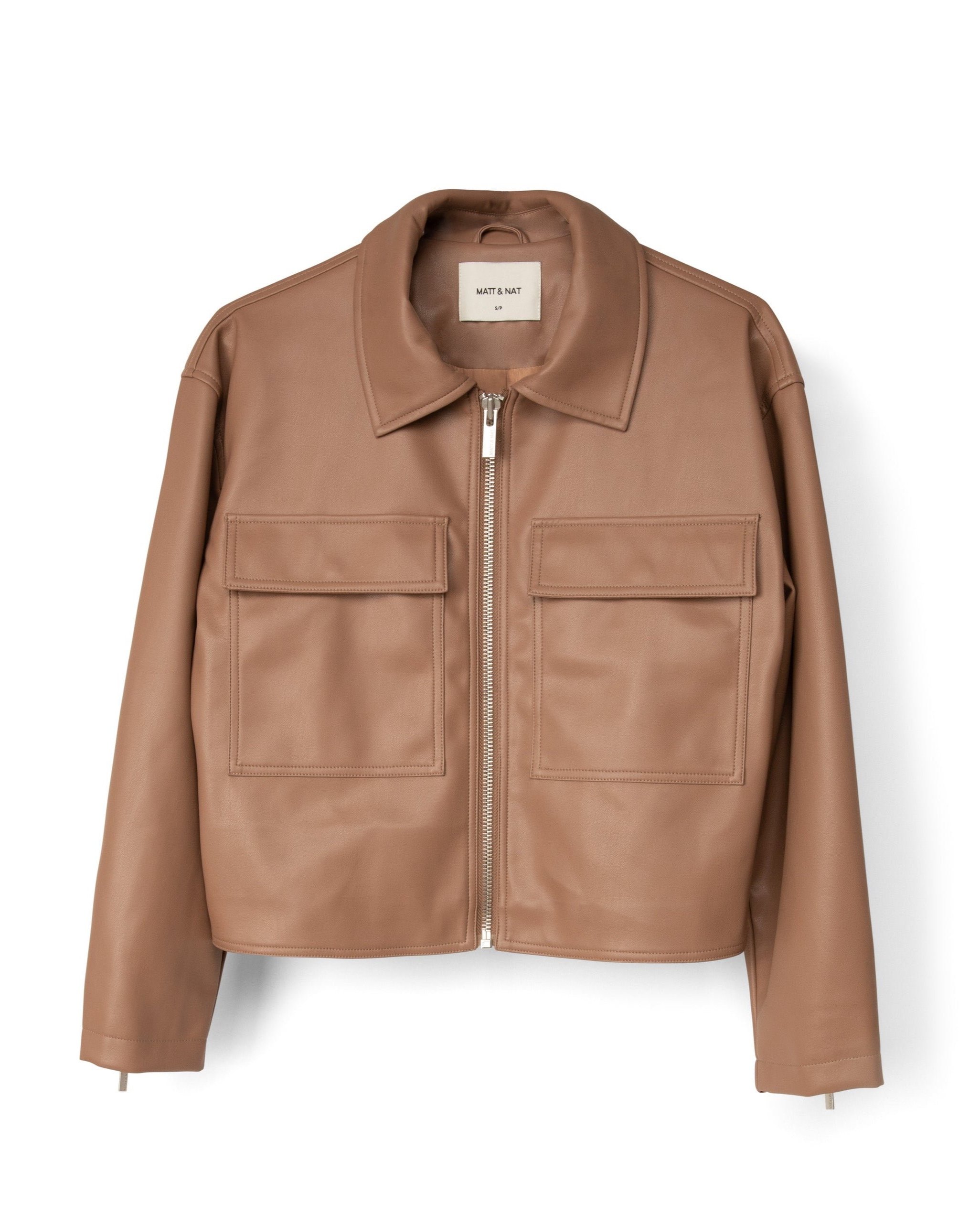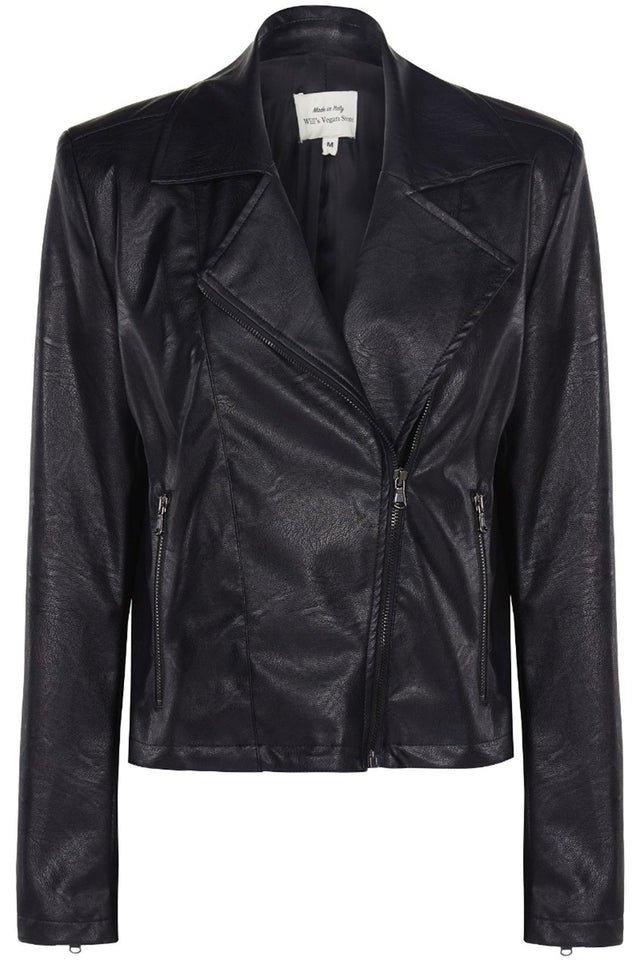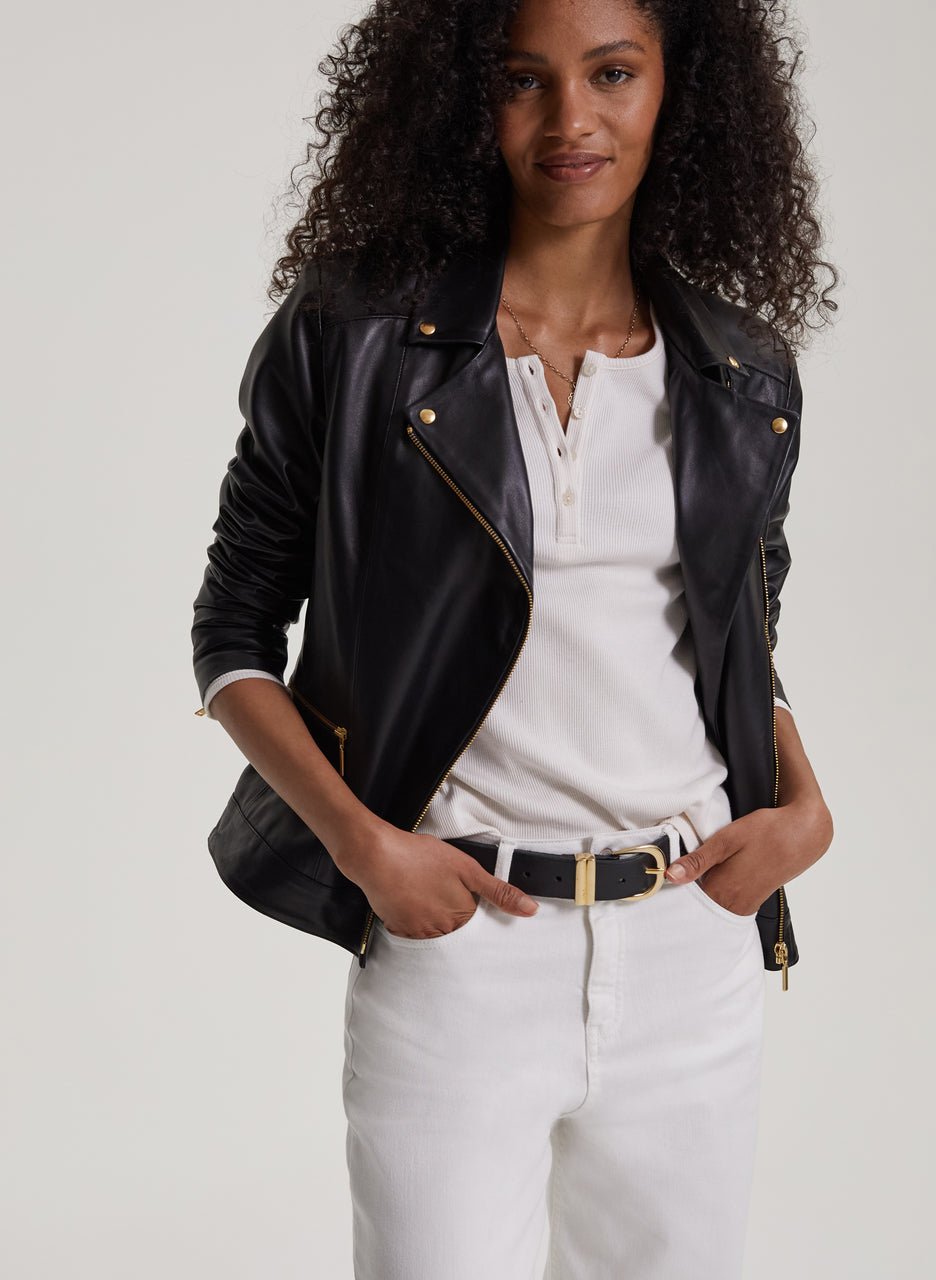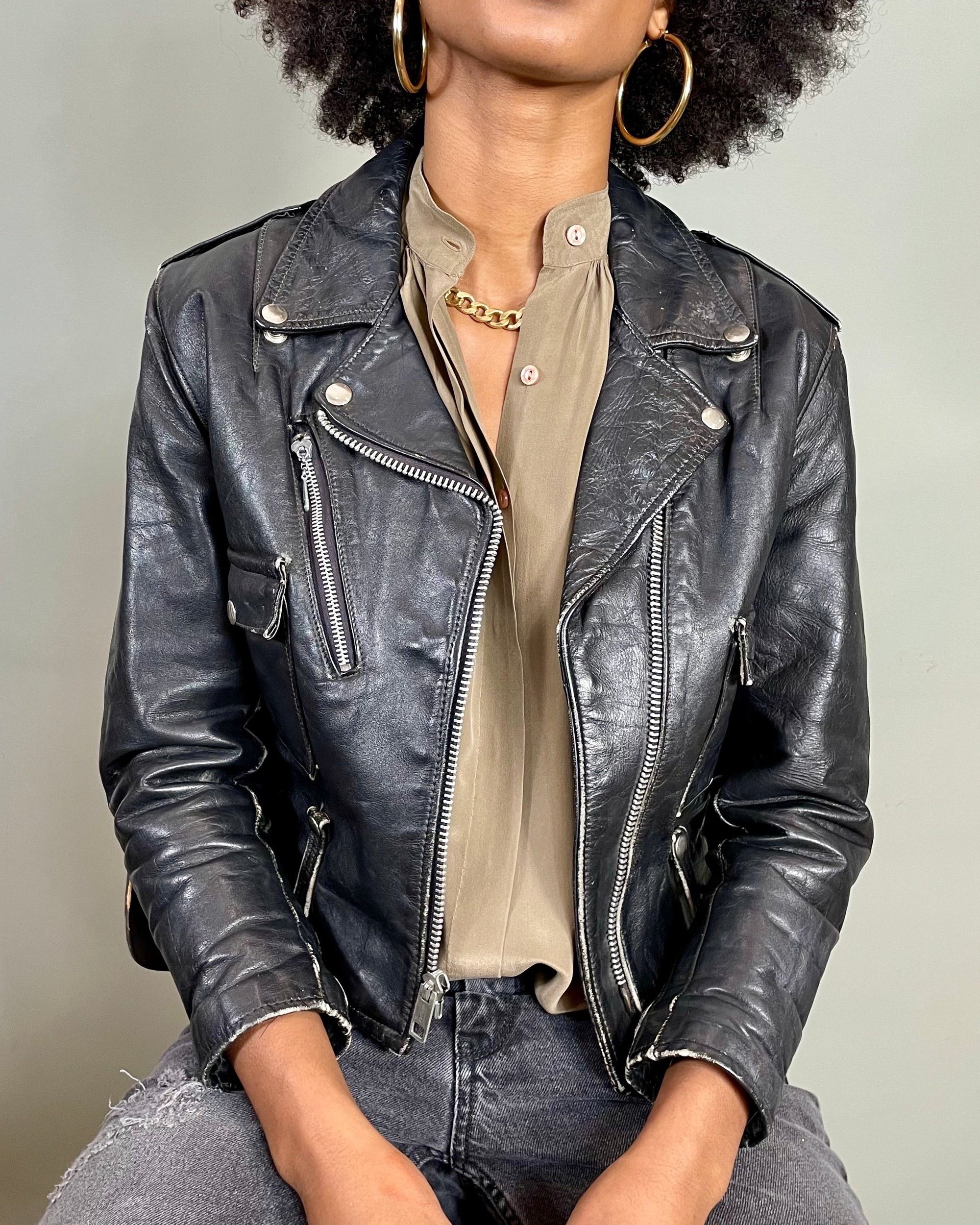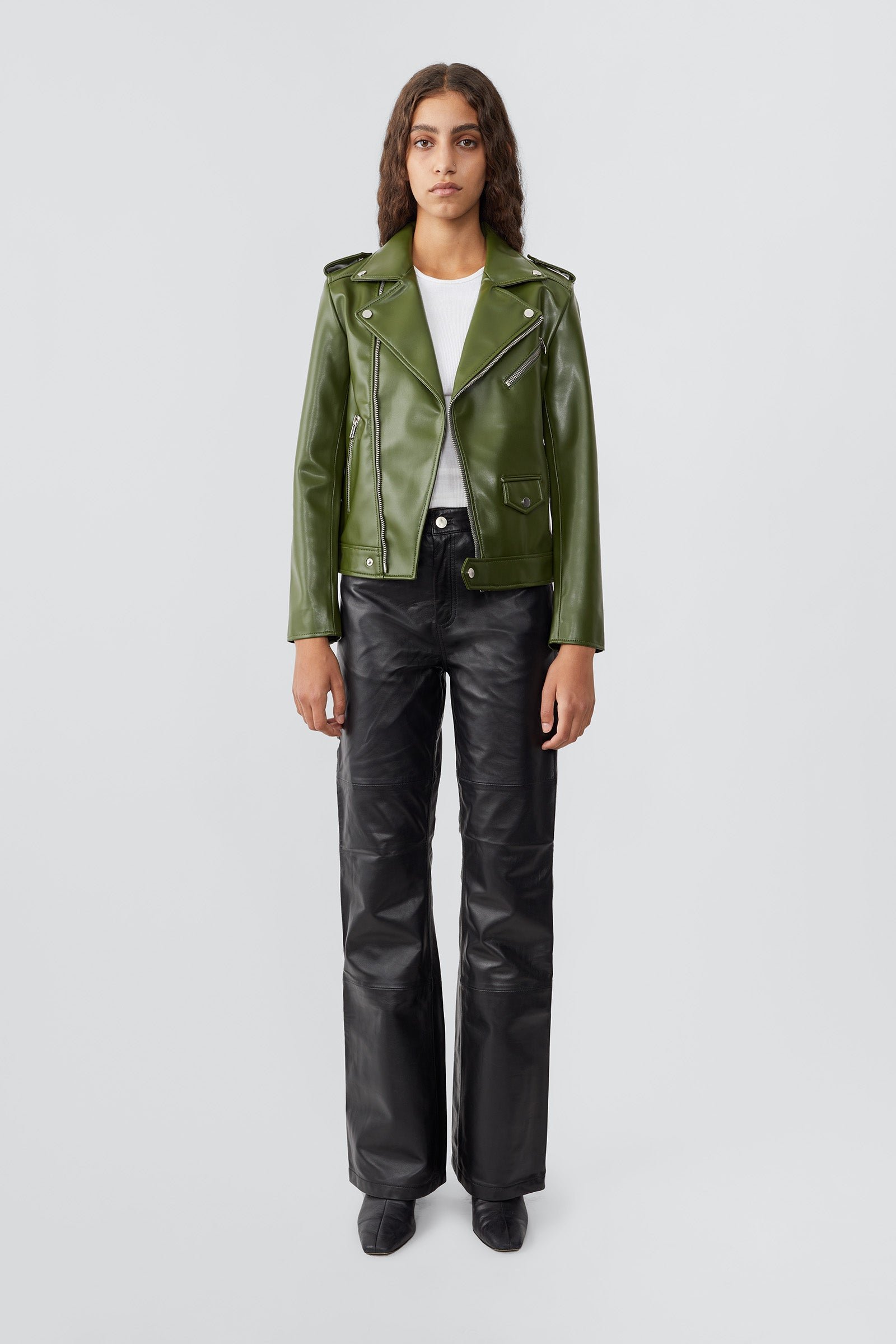Mindfulness has been a buzzword for quite some time now. And thanks to the COVID-19 pandemic and a sweeping mental health crisis, the idea of mindful living is even harder to escape in daily life. Still, the actual meaning of mindfulness remains hazy. What is mindfulness, anyway? Who is mindfulness actually for? And does it really have a positive impact?
If you’ve asked any of these questions, you’re not alone. To clarify these muddy waters, here’s a look at what being mindful really means and why it’s so important. Plus, we’ll share how you can implement simple, effective mindfulness practices into your daily life, even if you’re a total beginner.
What is Mindfulness and Why Does it Matter?
Mindfulness can have many meanings. But at its core, being mindful is about cultivating greater awareness. In fact, the dictionary defines mindfulness as “the quality or state of being conscious or aware of something.”
That something, often, is both one’s internal state and one’s surroundings. This is important to understand, because a common misconception of meditation—the ultimate state of mindfulness—is that it requires thinking about nothing. But that’s not really possible for our brains to do. Instead, mindfulness means taking note of the simple, tangible things we can interpret with our senses in a given moment.
This is where the age-old phrase, “stop and smell the roses,” actually comes in handy. Taking note of the simple elements in your environment, whether it’s the buzz of the air conditioning, the sound of birds flitting by, or the smell of flowers and trees, can help you feel more regulated and is proven to reduce anxious thoughts.
Mindfulness asks us to assess our inner worlds, too. For example, many beginner meditations start by asking you to notice your breath. That’s it—the simple inhale and exhale. Tuning inward to your breath can make it easier to notice how you’re feeling mentally and emotionally. That doesn’t mean trying to analyze or judge how you feel; instead, meditation simply means noticing your current state, then moving on.
Mindfulness and Non-Attachment
Mindfulness requires that we let go of what we’re clinging to and embrace the present. This is where we can draw help from aparigraha, or non-attachment—a yama from The Yoga Sutras of Pantajali, an ancient text. Aparigraha teaches us that a mindful moment of focusing on our breath and noticing our emotions can help us learn to become less attached overall, and therefore at greater peace with the world around us.
As mindful non-attachment is explained by Eckhart Yoga: “When we let the moment be what it is without either trying to cling to it, or to push it away, we can really say we’re living in that moment, allowing things to come and go, without the need to possess any of it.”
The reason we meditate and practice mindful awareness is so that we can ultimately be free of the negative thoughts, regrets, and anxiety that tend to fill our minds and cause us suffering. Research also shows that this is why meditation helps depression—which tends to pull us deep into the past or into worry. To be mindful is to be present, and when we’re present, we can set ourselves free.
Mindfulness and Your Surroundings
Being mindful means having awareness of your inner world, but also of your surroundings. In addition to taking note of your breath, cultivating awareness of your environment can help pull you deeper in the present and set you at ease.
Being in nature is a great way to practice this skill, because it not only activates your senses, it supercharges the benefits of meditation. Research shows that nature-based mindfulness meditation decreases symptoms of depression, and simply walking barefoot on the ground can improve sleep, reduce pain, and elevate overall wellbeing.
Taking a barefoot walk outdoors is an easy and effective way to try meditating. Walking meditation is especially great for beginners, because it doesn’t ask you to sit still, which can be a challenge. Instead, walking meditations engage all the senses as you move your body, helping you tap into the sounds of nature and your own body within it.
While there’s no right or wrong way to practice mindful walking, you might start by moving slowly and mentally labeling each action. For example, “right foot forward” and “left foot forward.”
Getting Started with Mindfulness
One of the best ways to bring mindfulness into your daily life is to add it to everyday habits. This might mean waking up every day and meditating on a specific cushion; however, mindful living can come in many different forms.
Stack a Mindfulness Habit
If you’re wondering how to make mindfulness stick, consider stacking it onto a current habit you already have. This is explained in the book Atomic Habits by James Clear, who says that it’s much easier to stick to a habit if you do it before something you’ll do anyway. A good example of this is getting your coffee every morning. Can you add a mindful moment before you get coffee, or make the practice of actually making your coffee, or waiting for it to brew, more mindful?
Insight Timer, Calm, and Balance are all meditation apps that allow you to set reminders on your phone for daily meditations. You can start super small, with just a few minutes per day or even per week. Setting this time to go off a few minutes before you make your morning coffee can make sure you find time to squeeze it in and start your day off on the right foot.
Add Mindfulness to Current Activities
Another idea is to take a current activity and infuse mindfulness into it. Let’s say you go for a run multiple times a week. Insead of popping in your headphones and hitting the sidewalk, perhaps you can find a nearby nature trail and listen to the sounds around you as you jog, at least for part of the time. You’ll be enjoying the benefits of nature and actually staying present during your run, rather than tuning everything out, as you may do with headphones.
Even better, investing in sustainable materials to power you through these habits can make sure they’re mindful from start to finish. If you’re on that jog, for example, opt for eco-friendly shorts and trail running shoes that won’t contribute to the damage of people or places. The Craft Endurance Trail Running Shoe features proprietary Px Foam that’s made without chemical cross-linking agents or other processes; additionally, all raw materials in the shoe are reusable (not to mention the company’s sustainability efforts).
Start a Bedtime Routine
You might think bedtime routines are only for young children, but think again. Adding a mindful moment before bed can help you unwind for the day and sleep better, which in turn helps the following day start off right.
A bedtime stretching routine, listening to calming music, and journaling are all great ways to wind down for the day. Unlike scrolling through your phone or catching up on the latest TV show, a bedtime routine asks you to turn inward and take note of how you might be feeling after a long day.
Another way to make your bedtime more mindful is to switch to eco-friendly sheets that are both soft on the skin and easy on the planet. Ettitude is one brand that makes amazingly soft, sustainable and long-lasting CleanBamboo® sheets that are cooling and free from chemicals.
Practice Self-Regulation
Self-regulation is another skill set that’s often taught to kids, but it’s a great practice to visit in adulthood when things get stressful. After all, we may not have all been taught how to do it. Moreover, cultivating mindfulness doesn’t mean you don’t get stressed, it means you know how to rebalance yourself after life inevitably knocks you down.
Self-regulation can come from any practice that helps you feel soothed and at-ease. Many people find this in coloring, for example, but it can be simple, like going for a walk or taking a deep breath. Many people also find regulation in self-care practices, like taking a bath, practicing a gentle yoga flow, or even cleaning or organizing your home.
The most important aspect of self-regulation is ensuring that it, too, becomes a habit. That way, you have a skill to turn to when you’re feeling anxious and overwhelmed.
Leading a Mindful Life
Lastly, remember that anything you do can be made more mindful. You can take time to eat more slowly and savor every bite. You can spend longer in the garden, watering each plant and noticing its leaves and color. You can decide to take a deep breath every half hour throughout the work day to re-ground yourself.
Whatever it is, know that we’re all capable of developing different mindfulness practices that work for our needs and our life. There’s no right or wrong way to be mindful—as long as you’re tuning into the present and making an effort to slow down, you’ll be well on your way toward reaping the many benefits of mindful living.
About the Author
Michelle Polizzi is an independent writer and storyteller with 7 years of experience creating content online. Her writing has appeared in leading publications like Bitch, WELL+GOOD, Insider, and Healthline, and she covers topics like sustainable living, mental health, and intersectional feminism. Currently, she's pursuing an MFA in creative writing.
MAKE SURE TO PIN THE PHOTO BELOW TO SAVE THIS POST FOR LATER!
WANT TO FIND SUSTAINABLE BRANDS? VISIT OUR BRAND DIRECTORY!
Our Brand Directory is home to hundreds of sustainable brands, from makeup to cleaning supplies, from underwear to shoes. We have broken everything down by category for easy shopping, along with discount codes unique to Sustainably Chic viewers.







